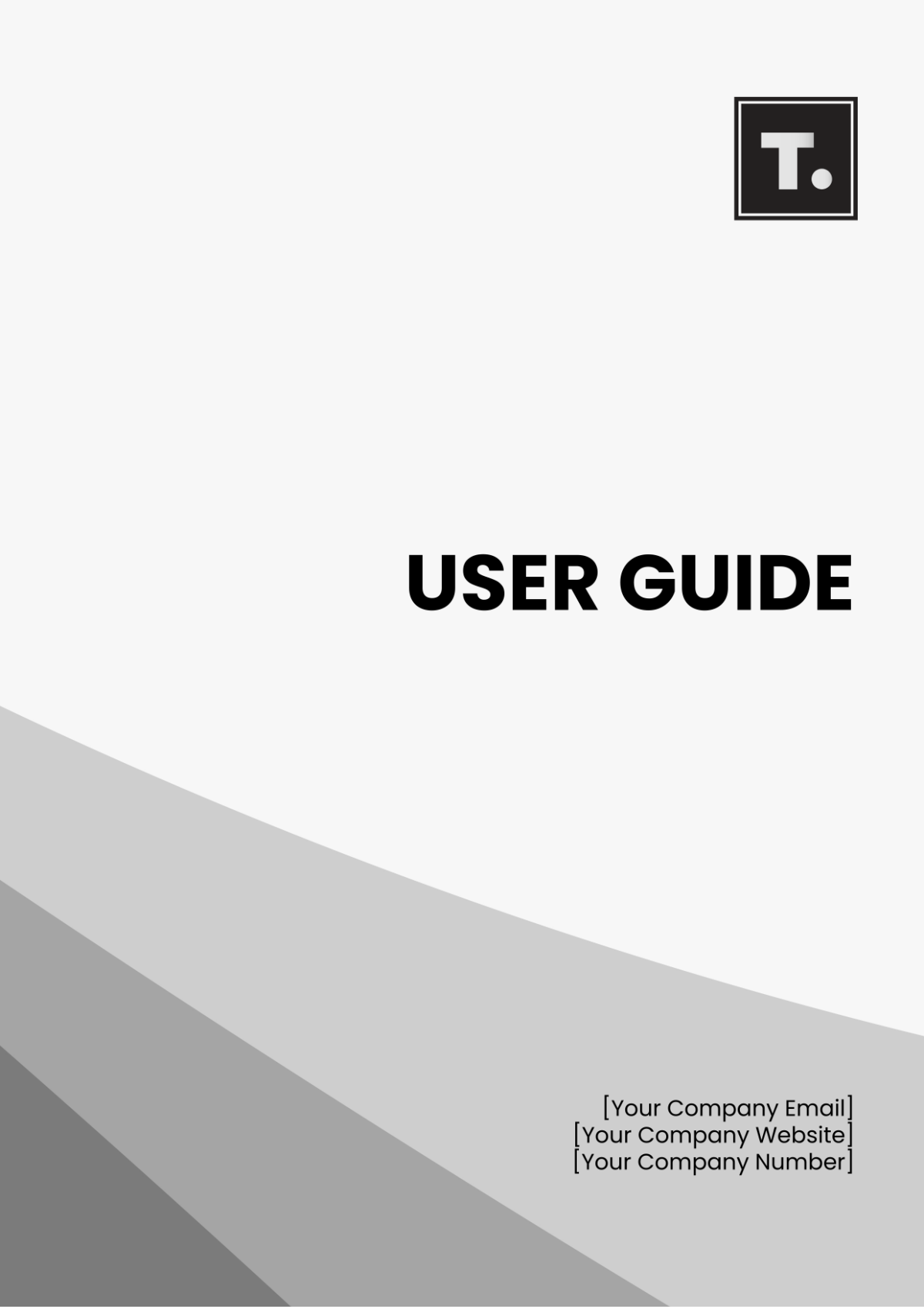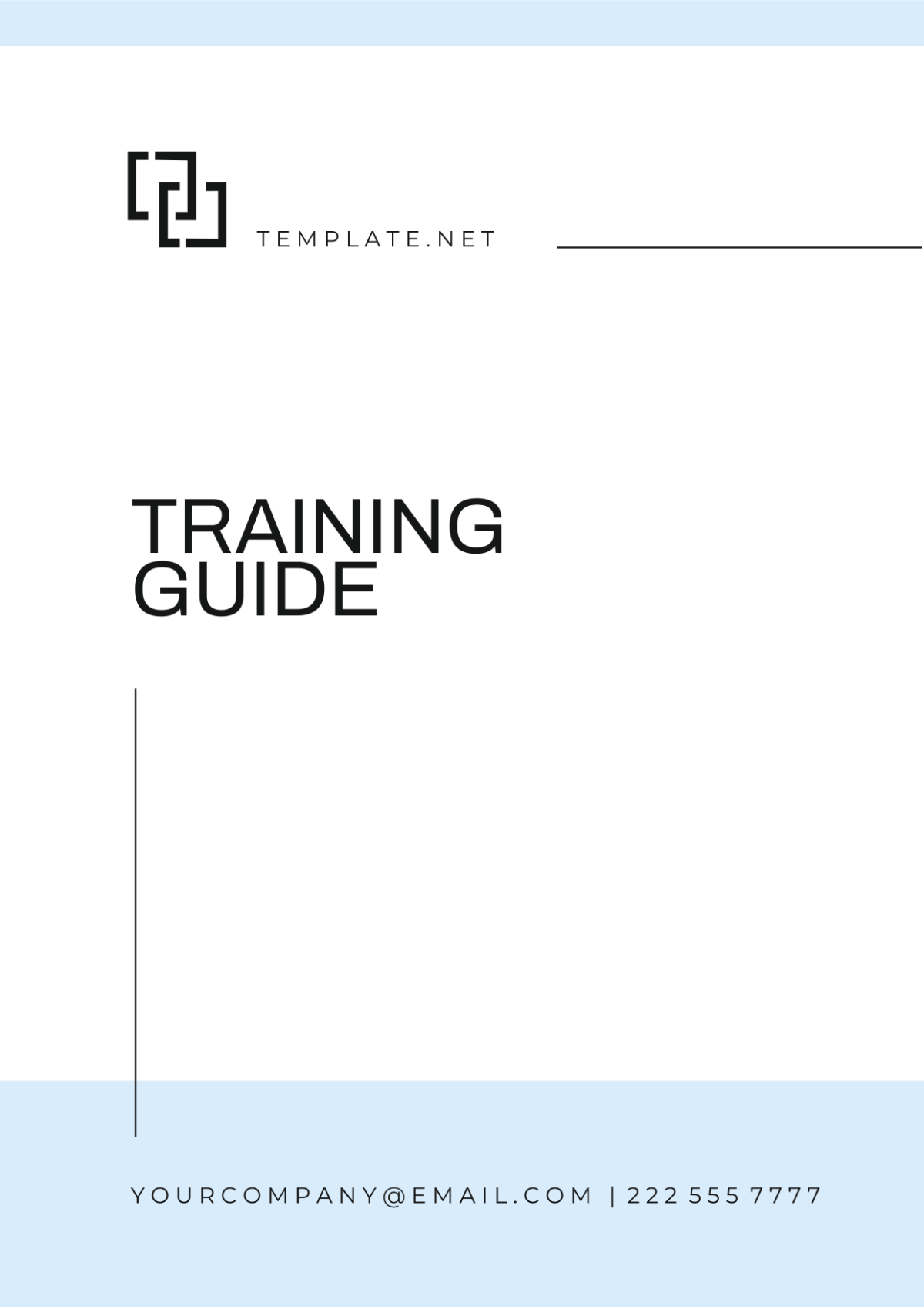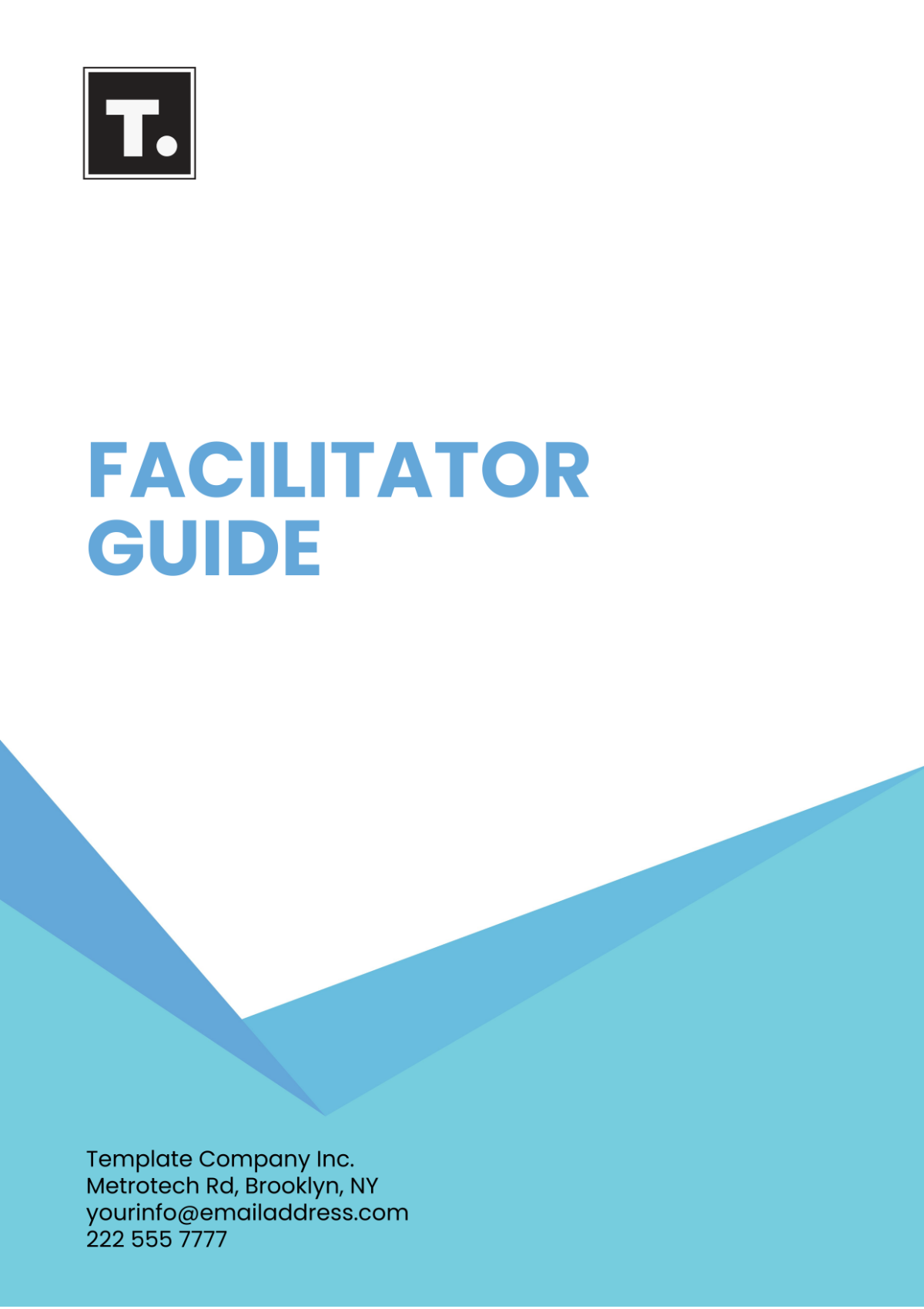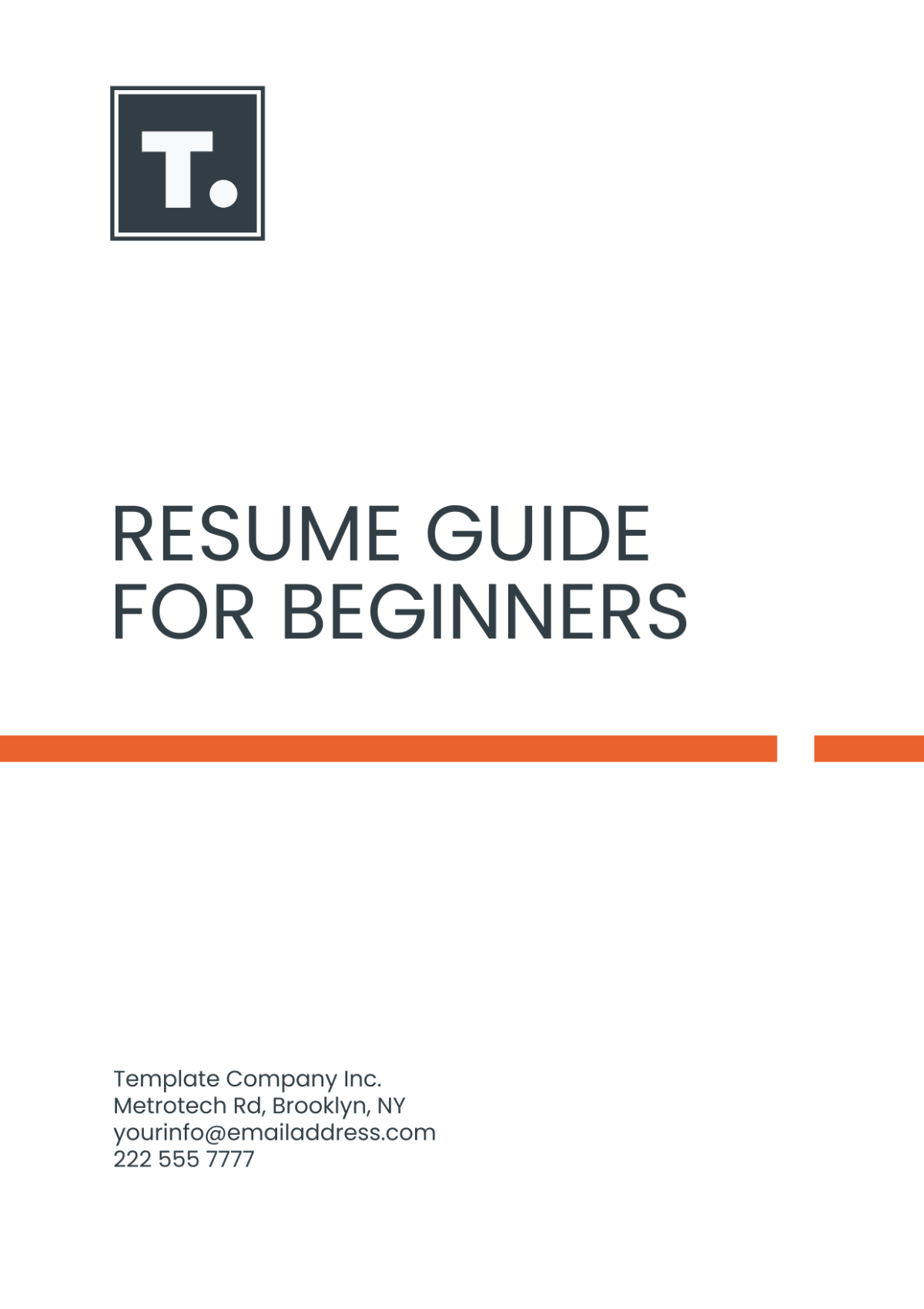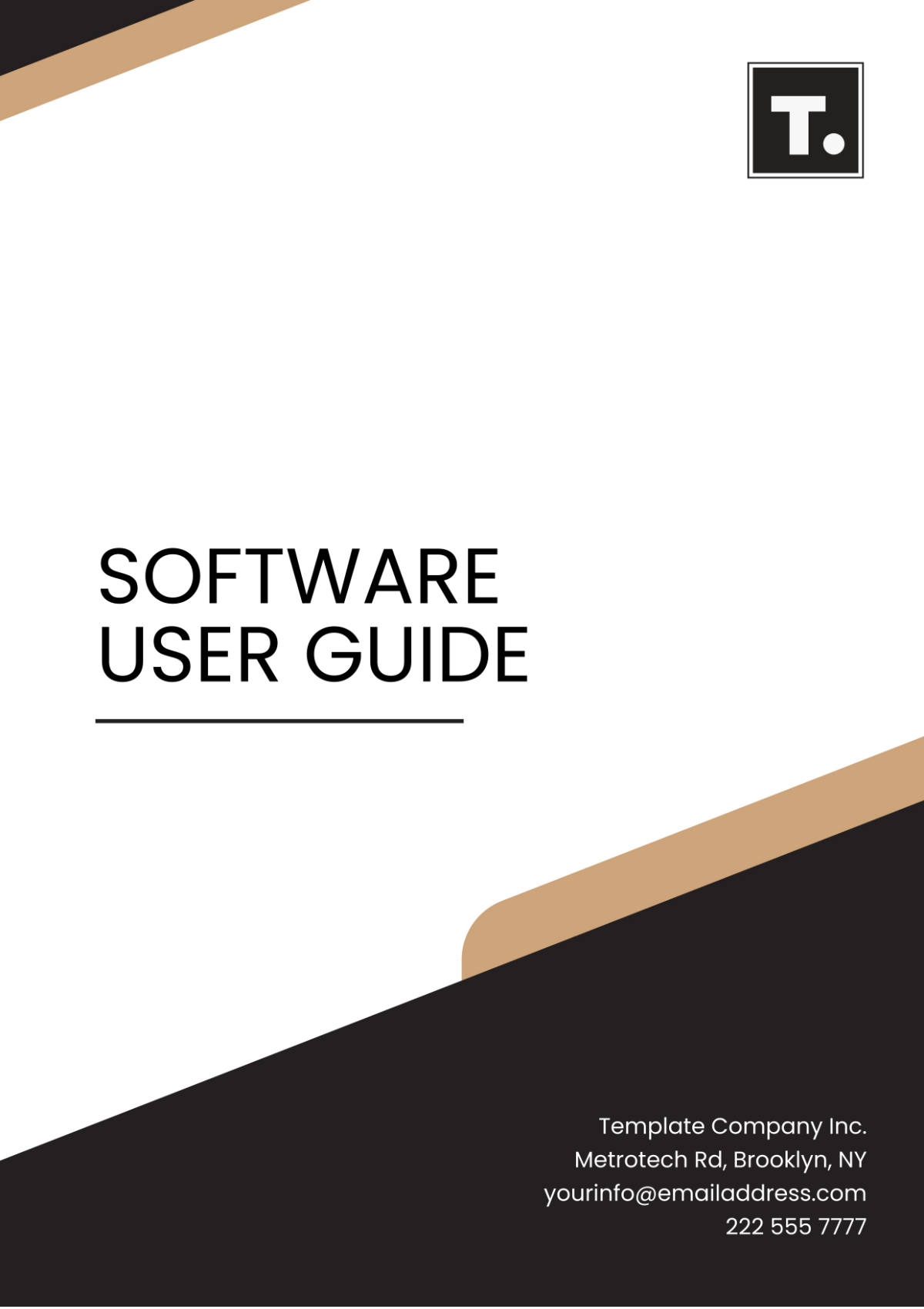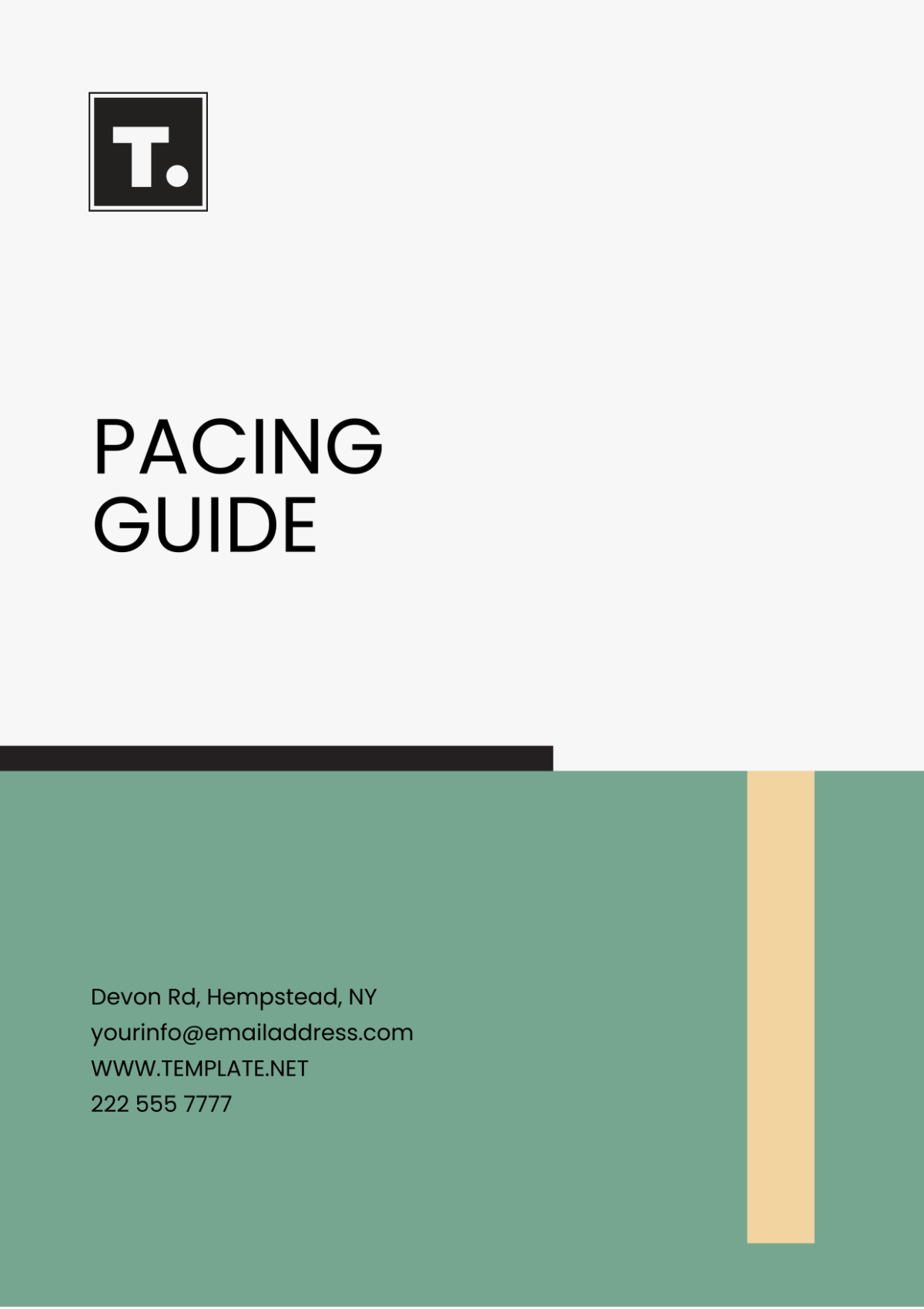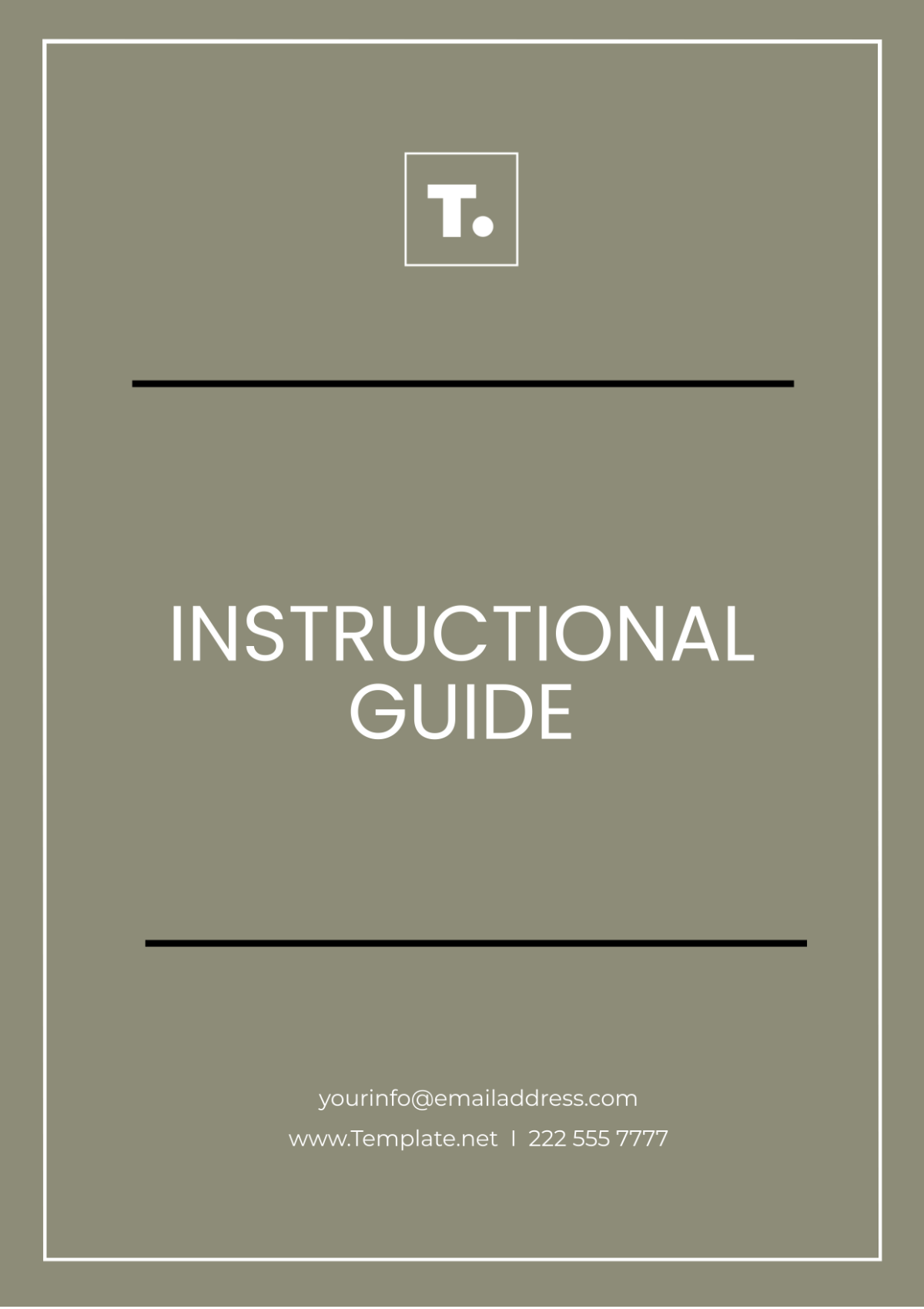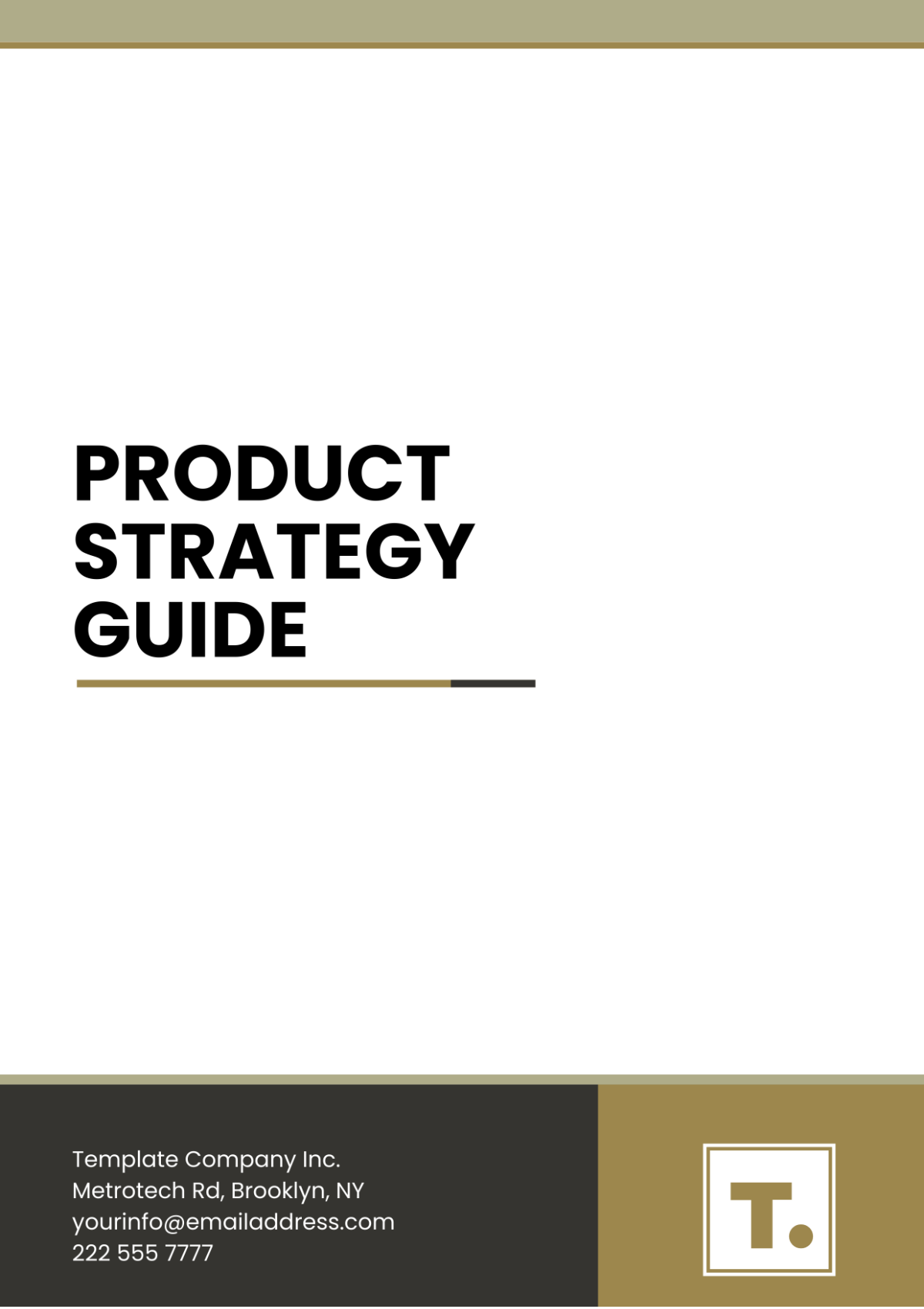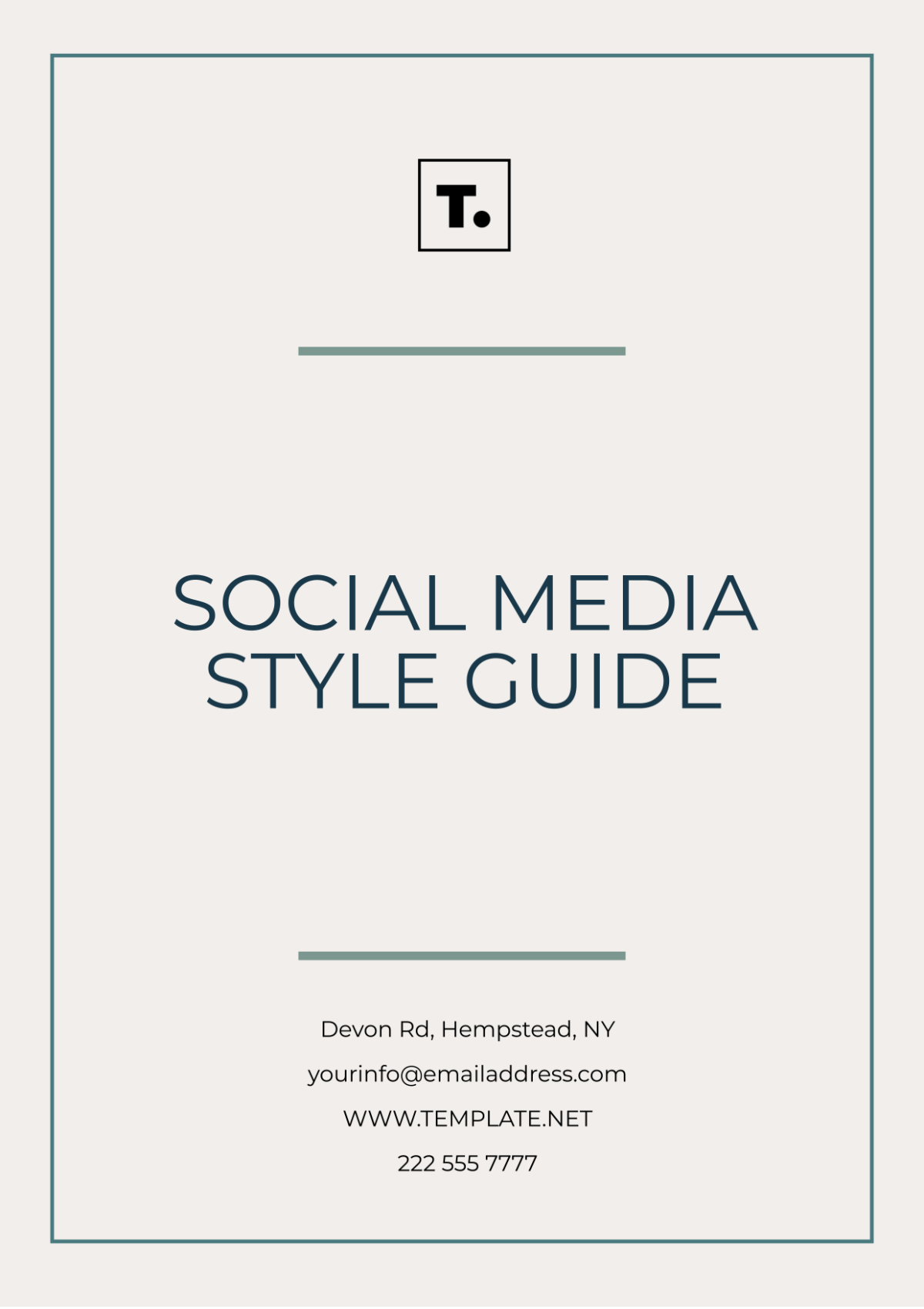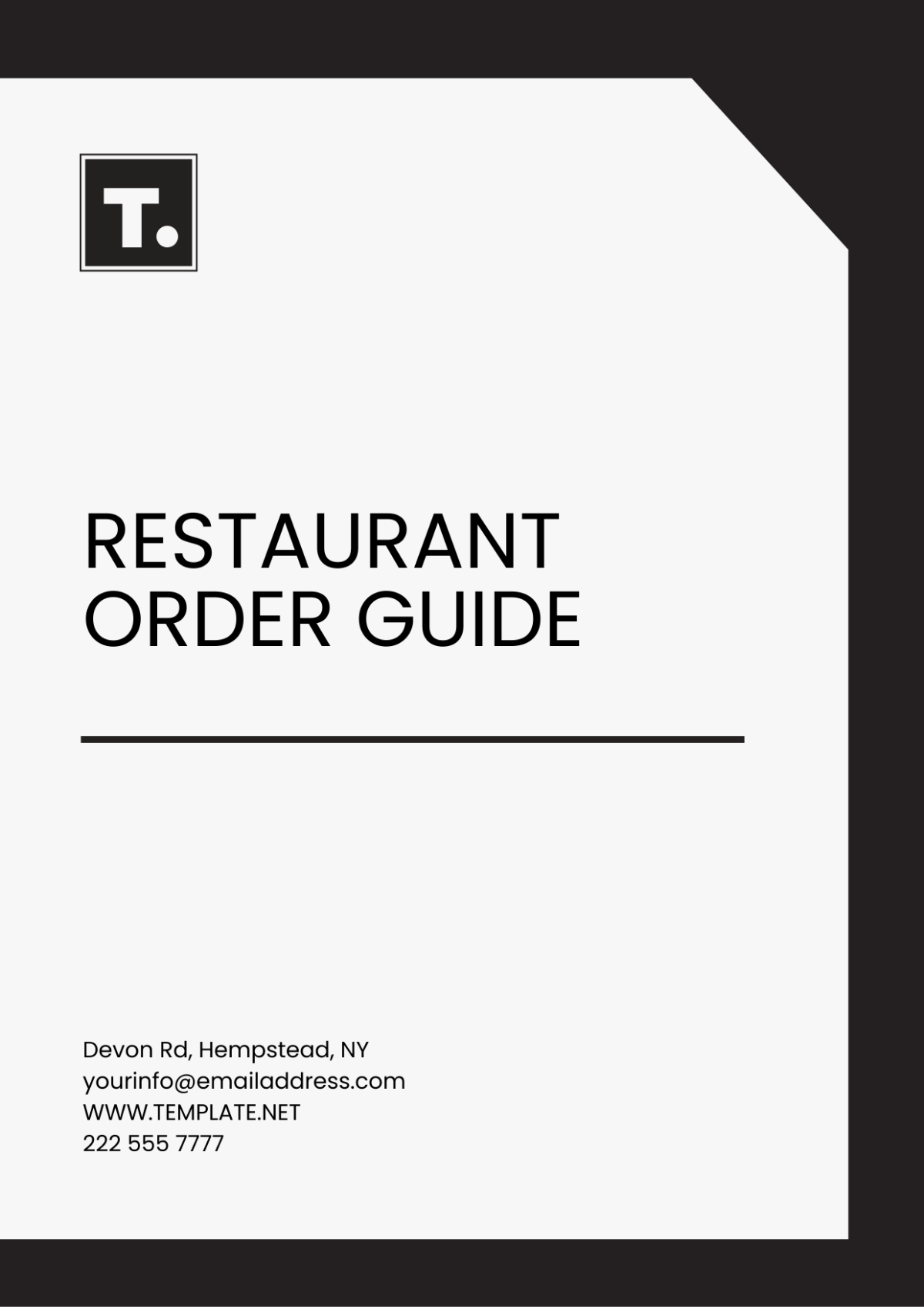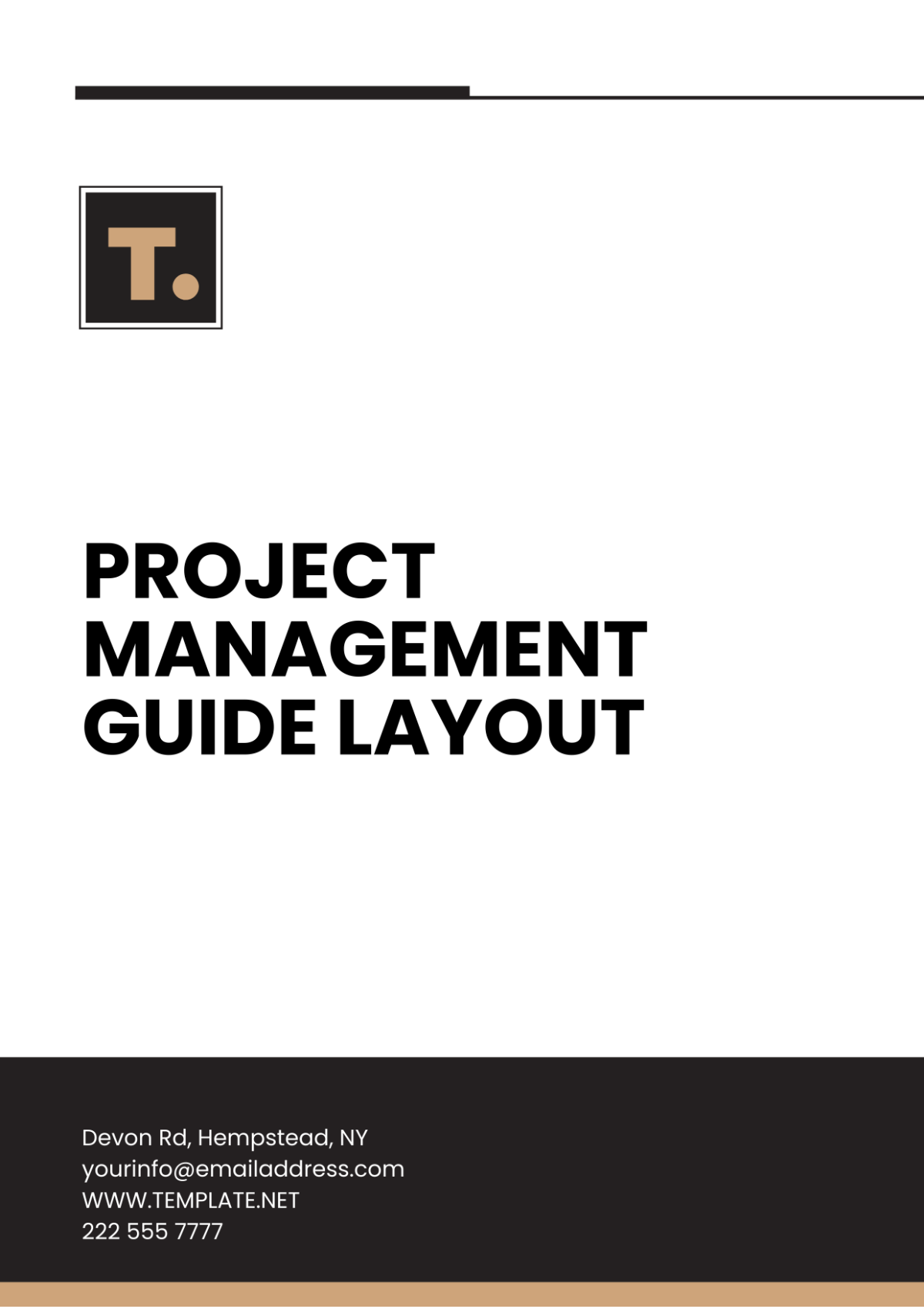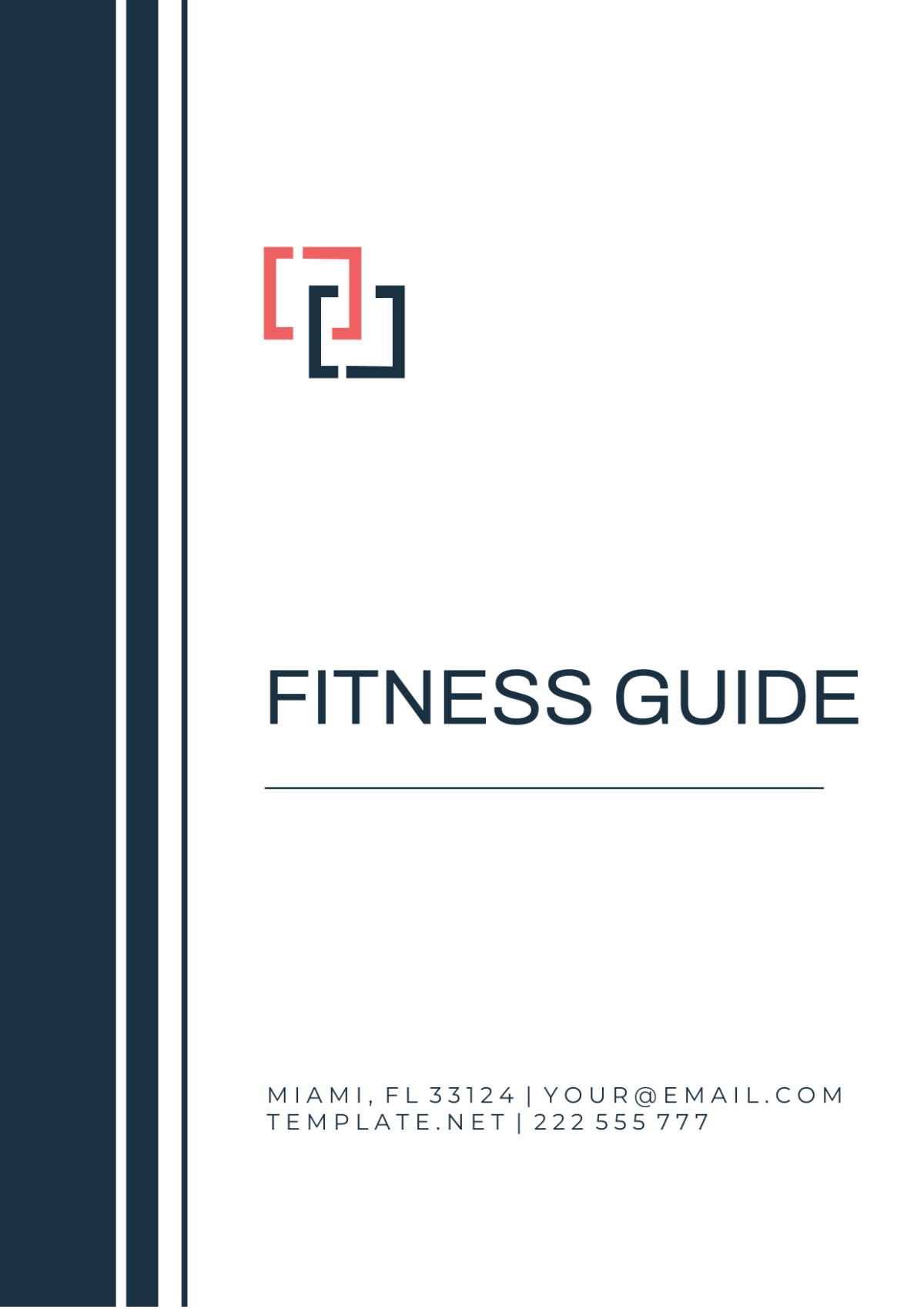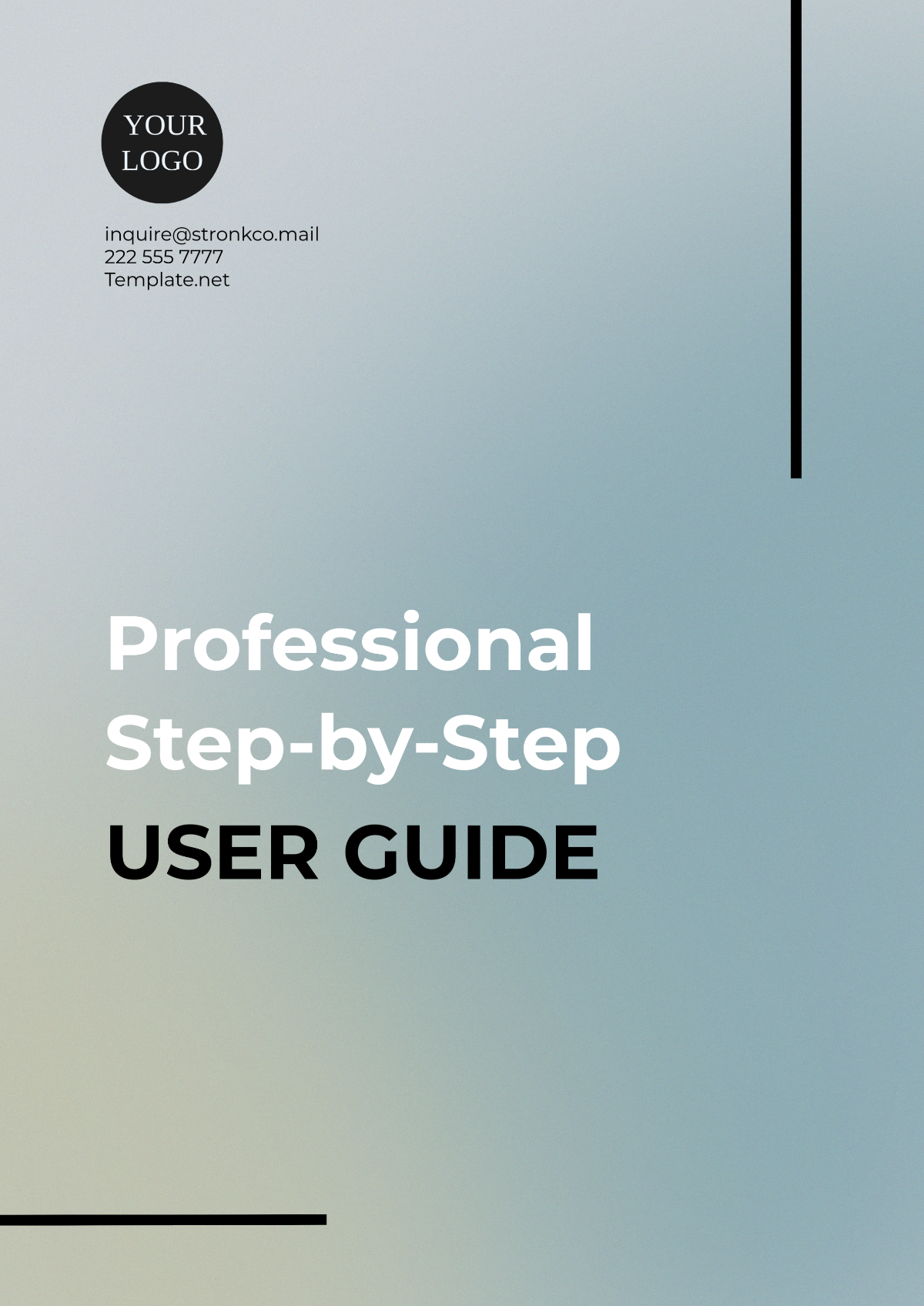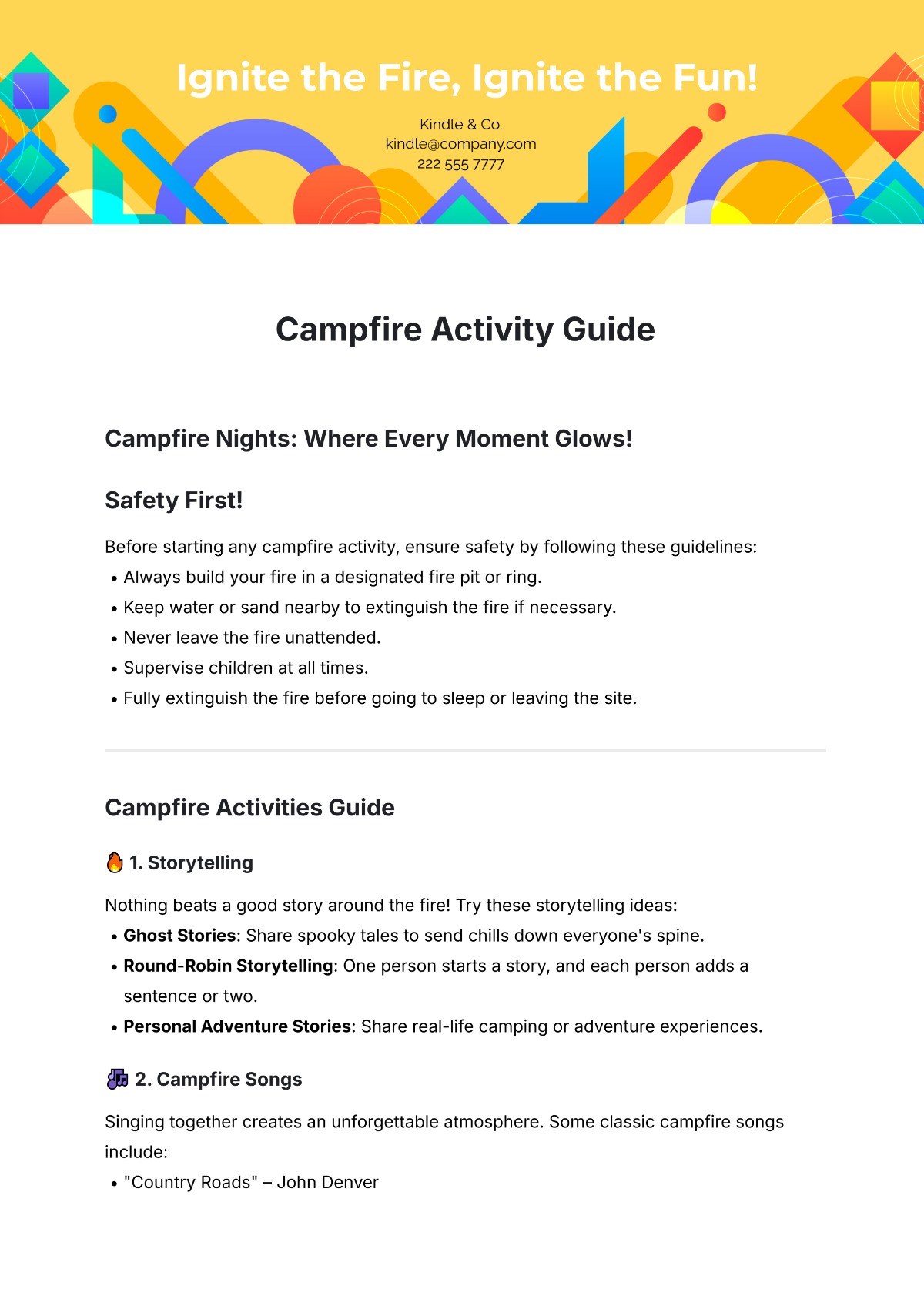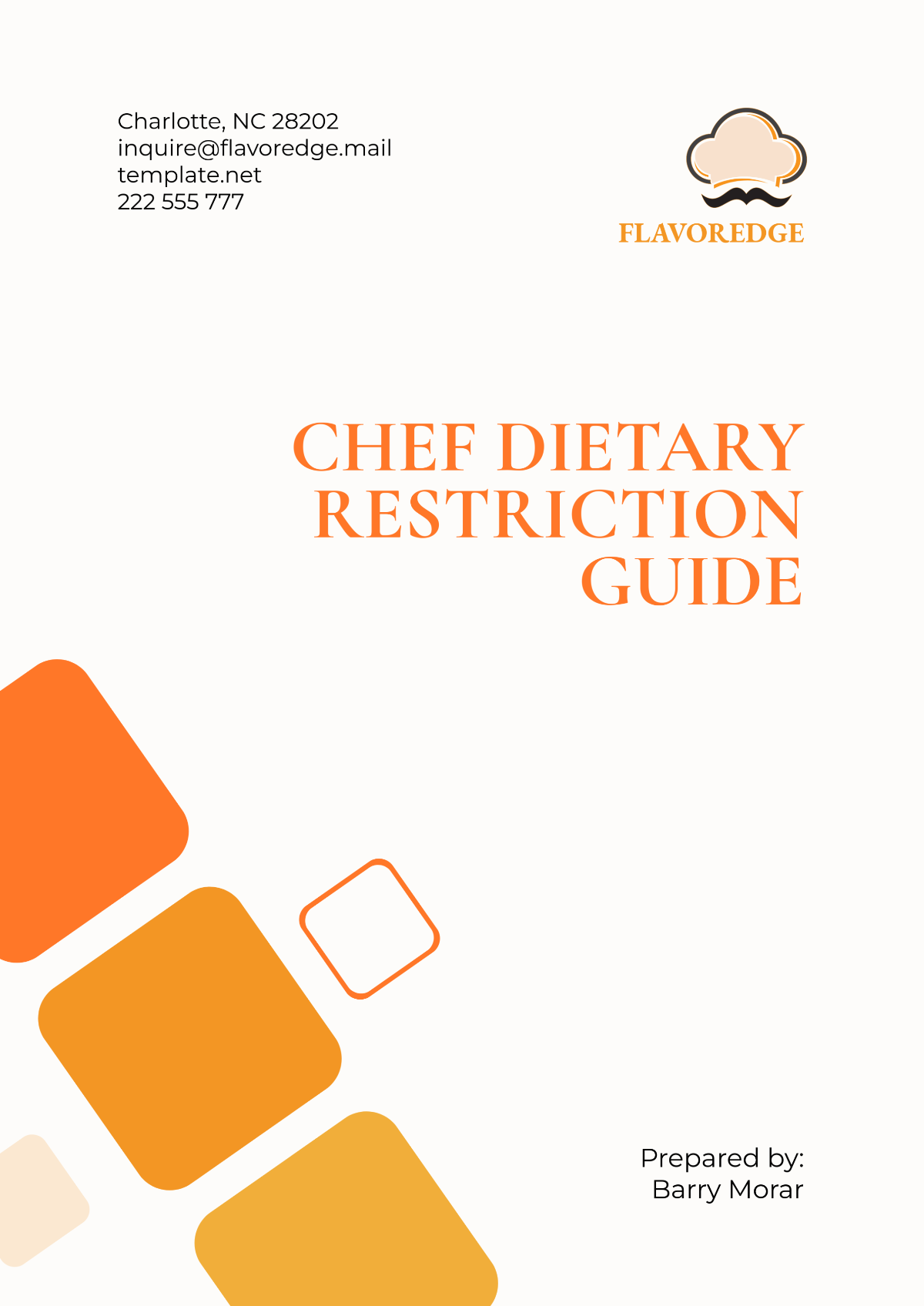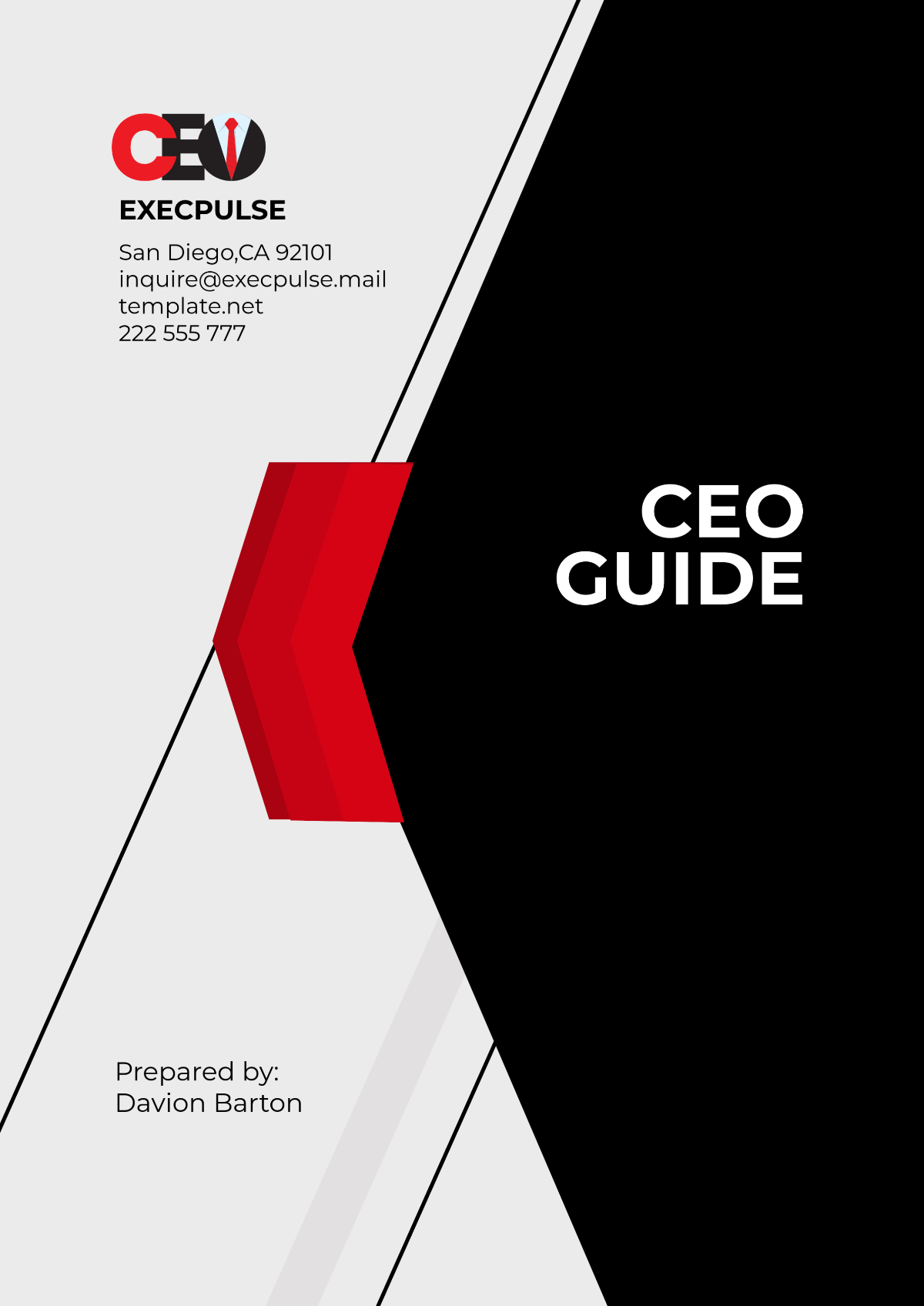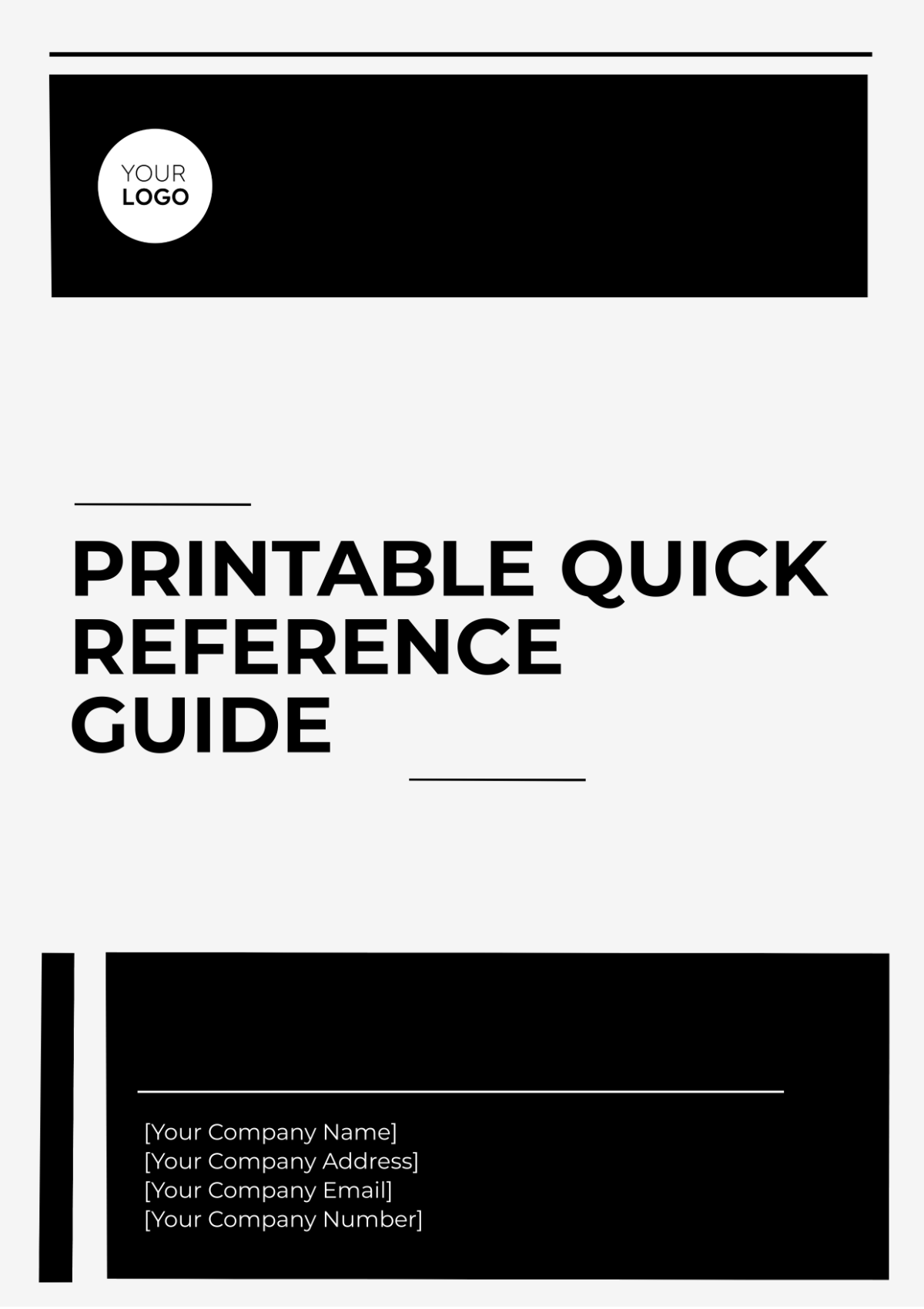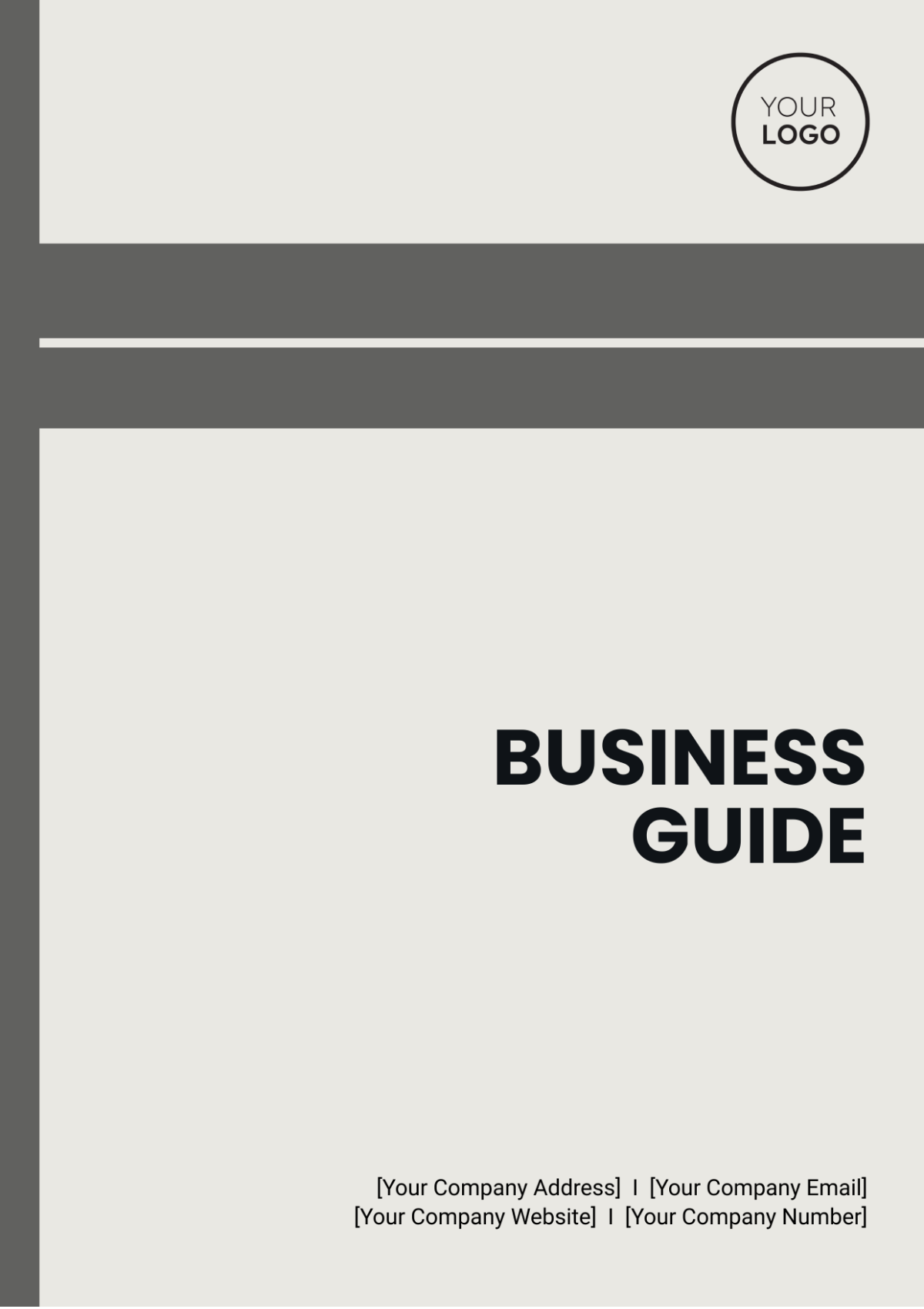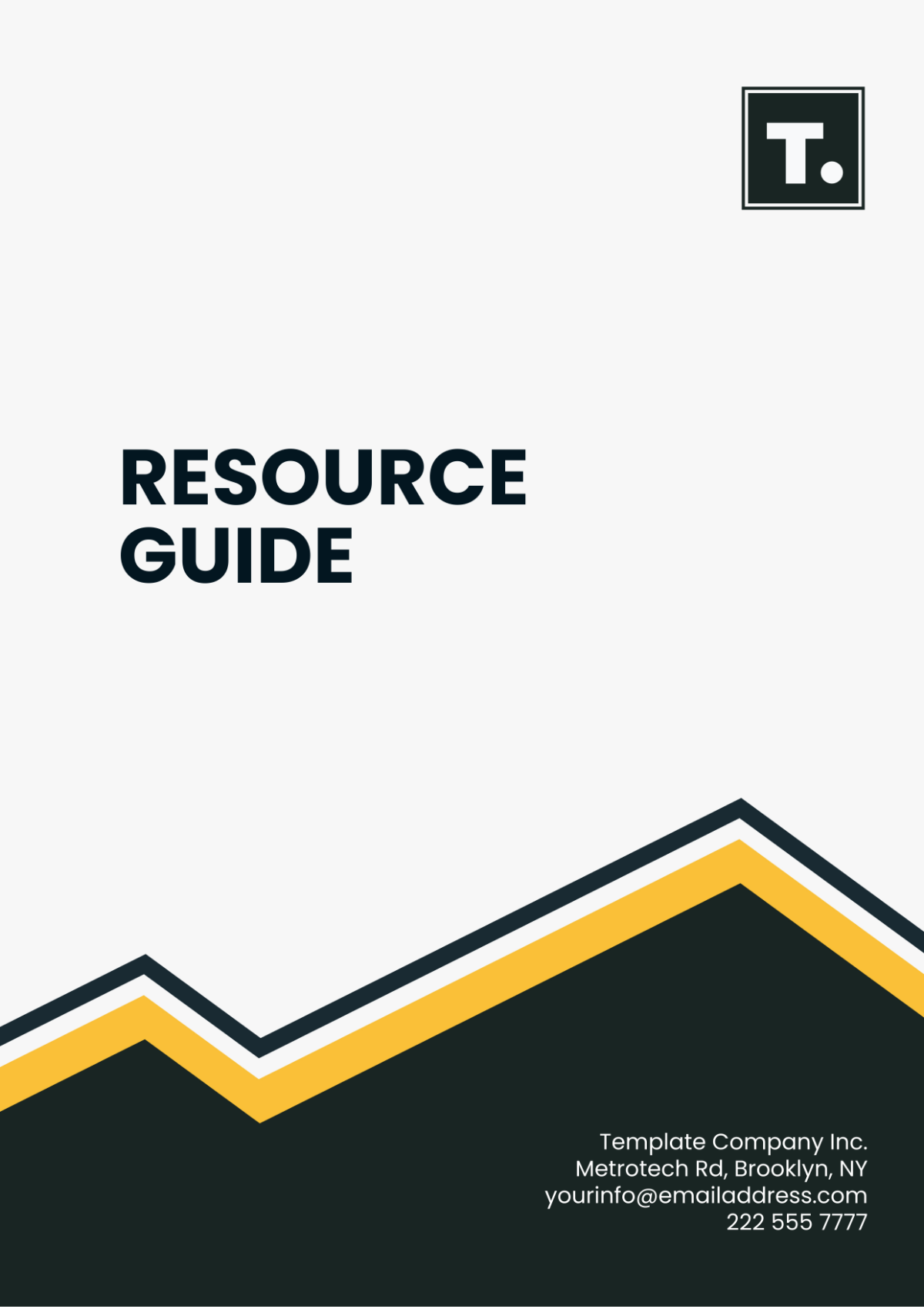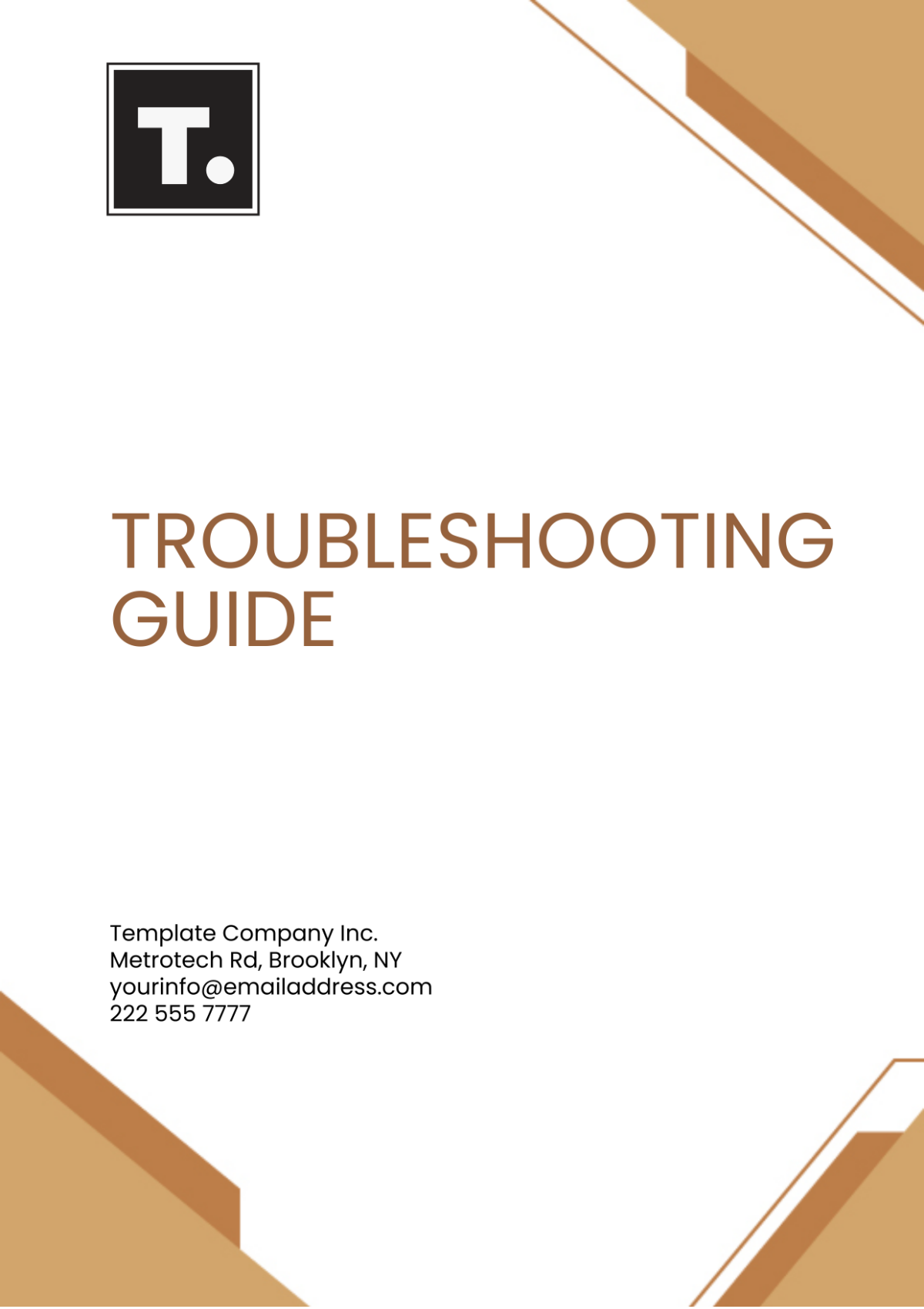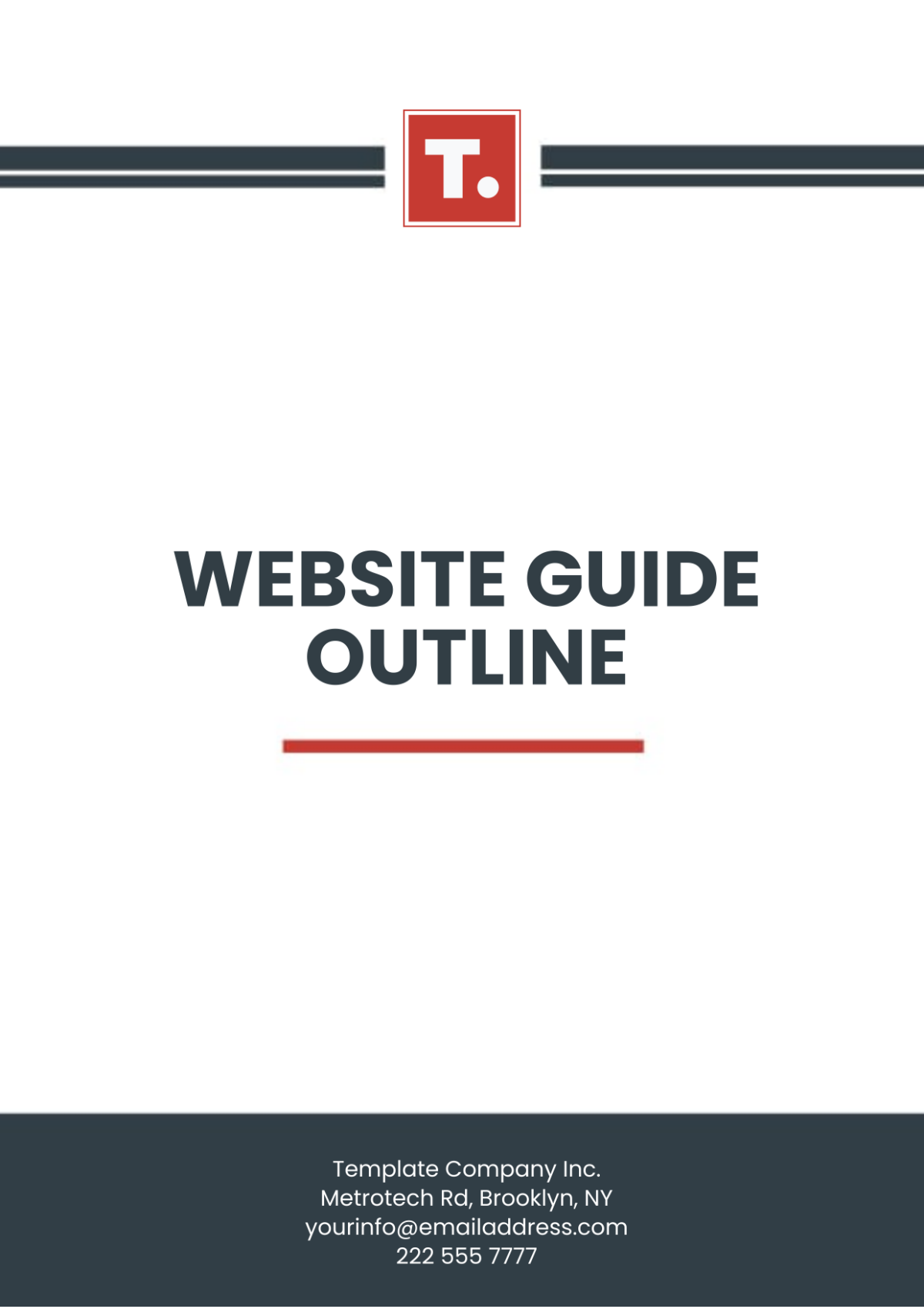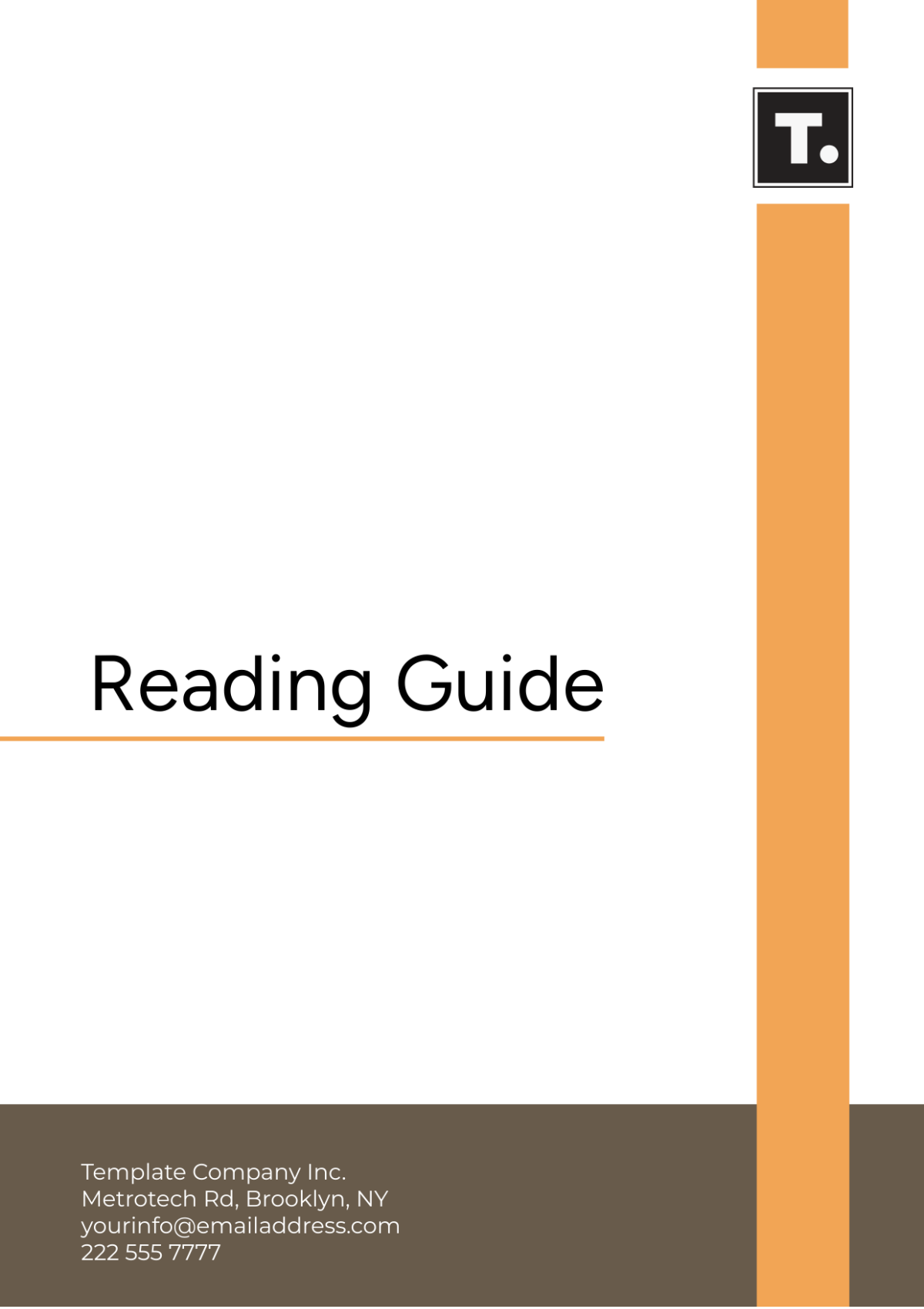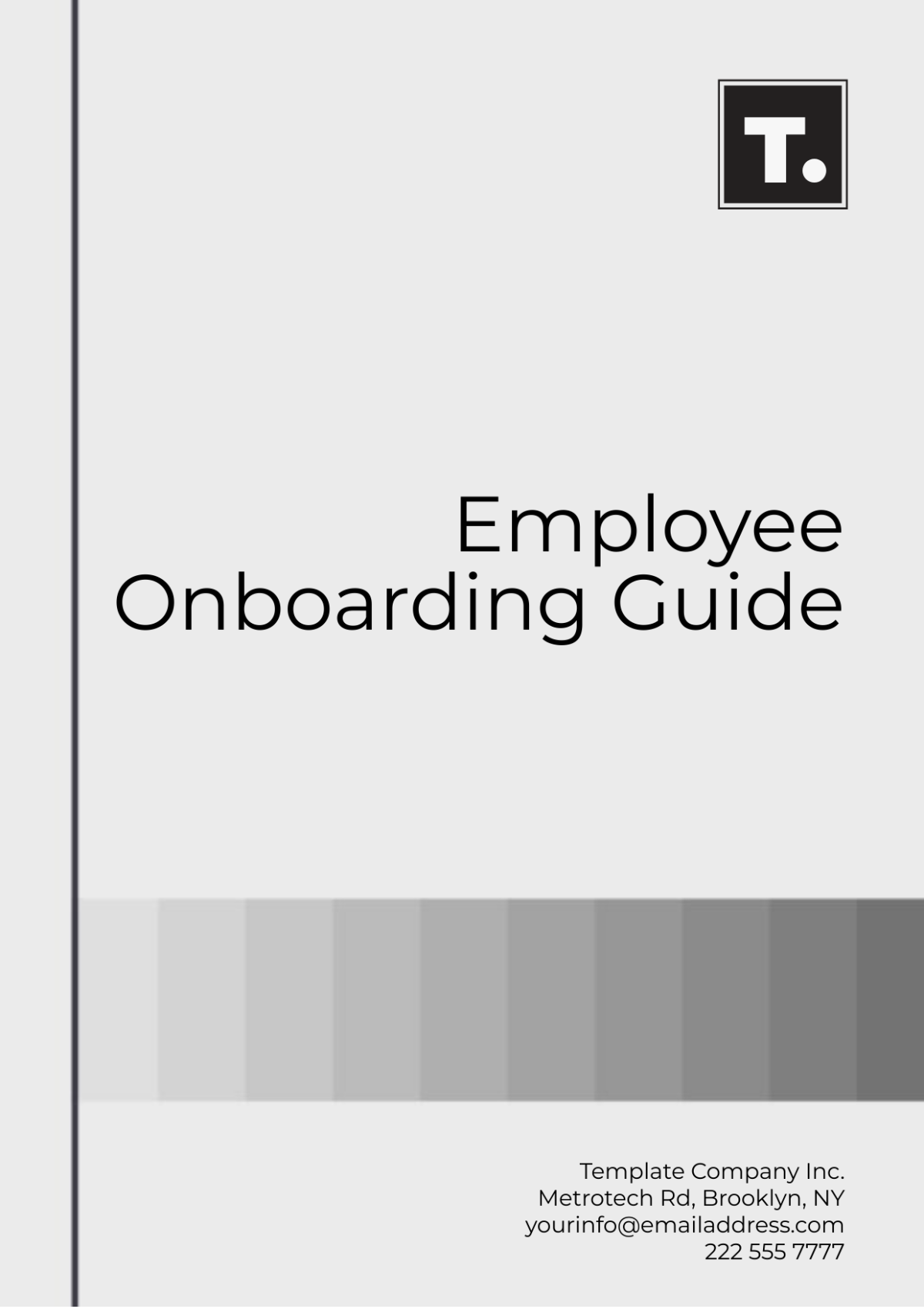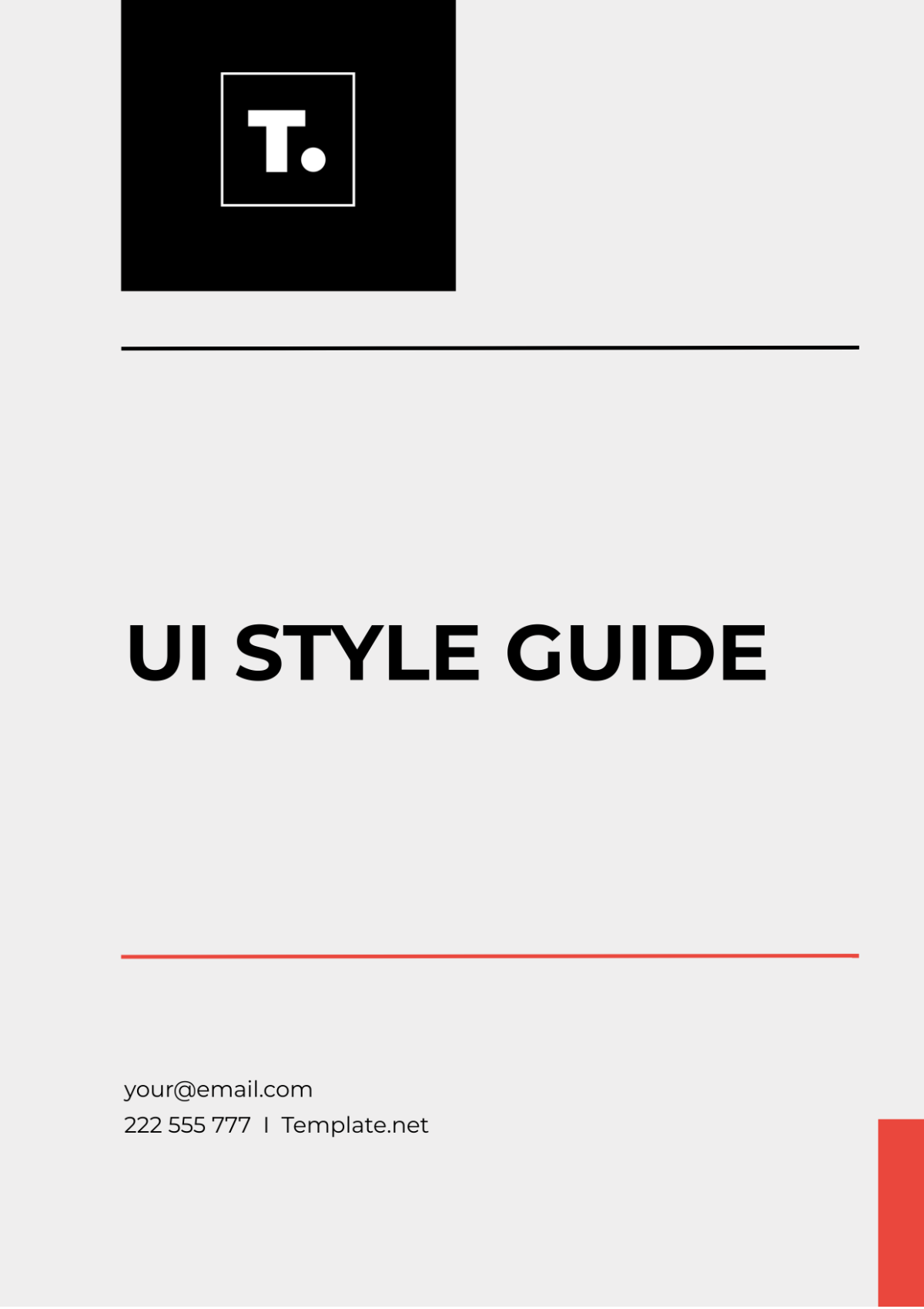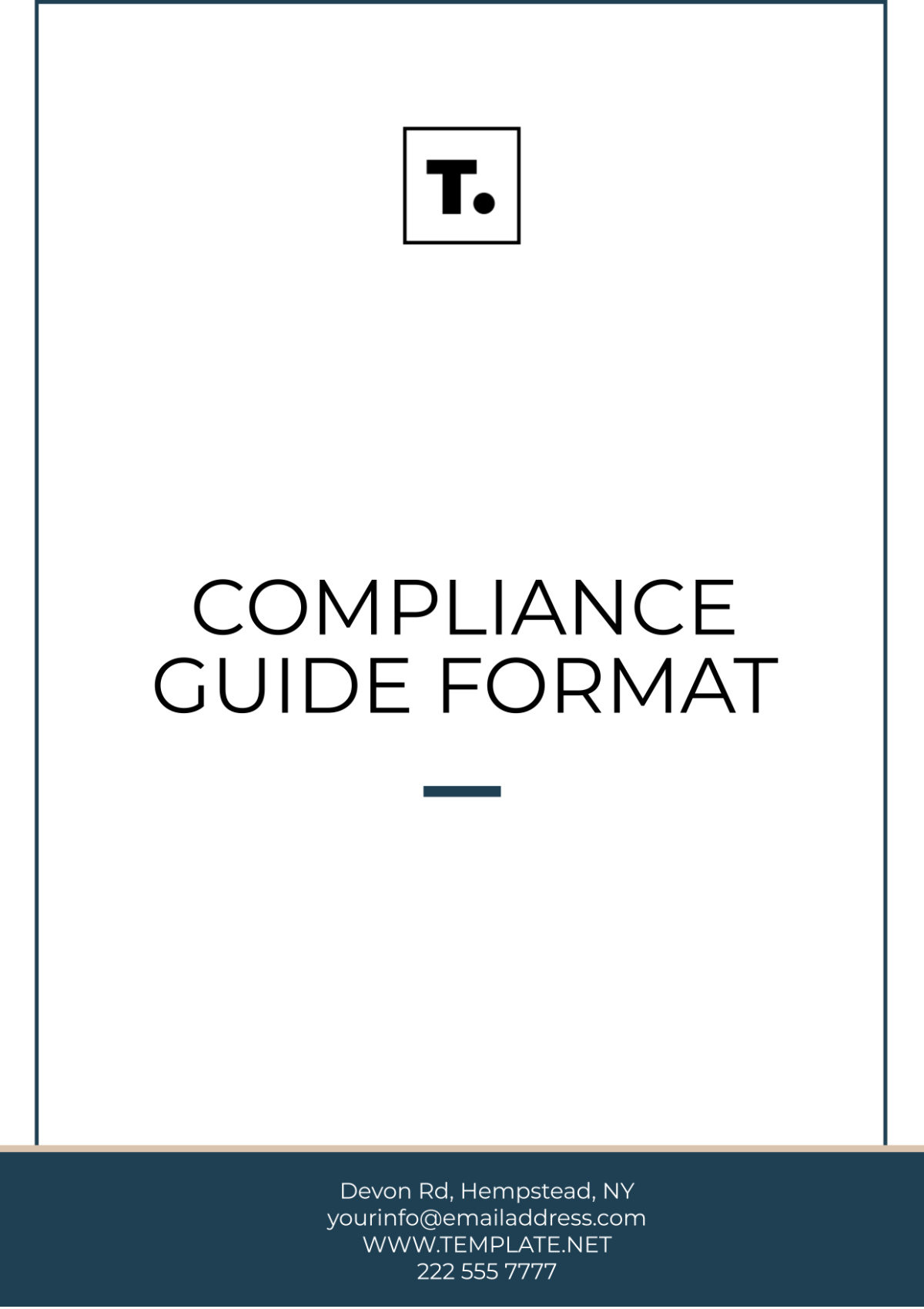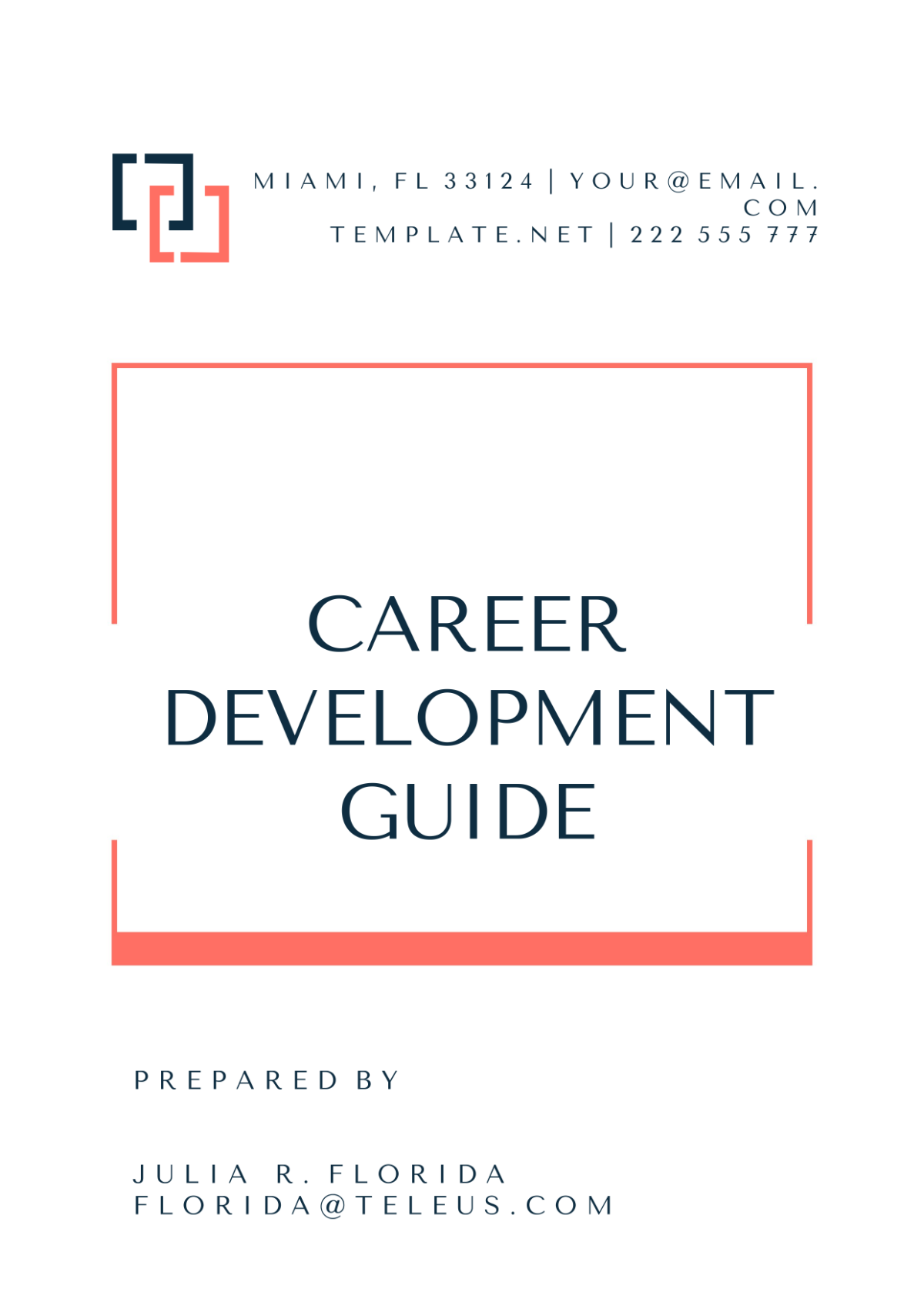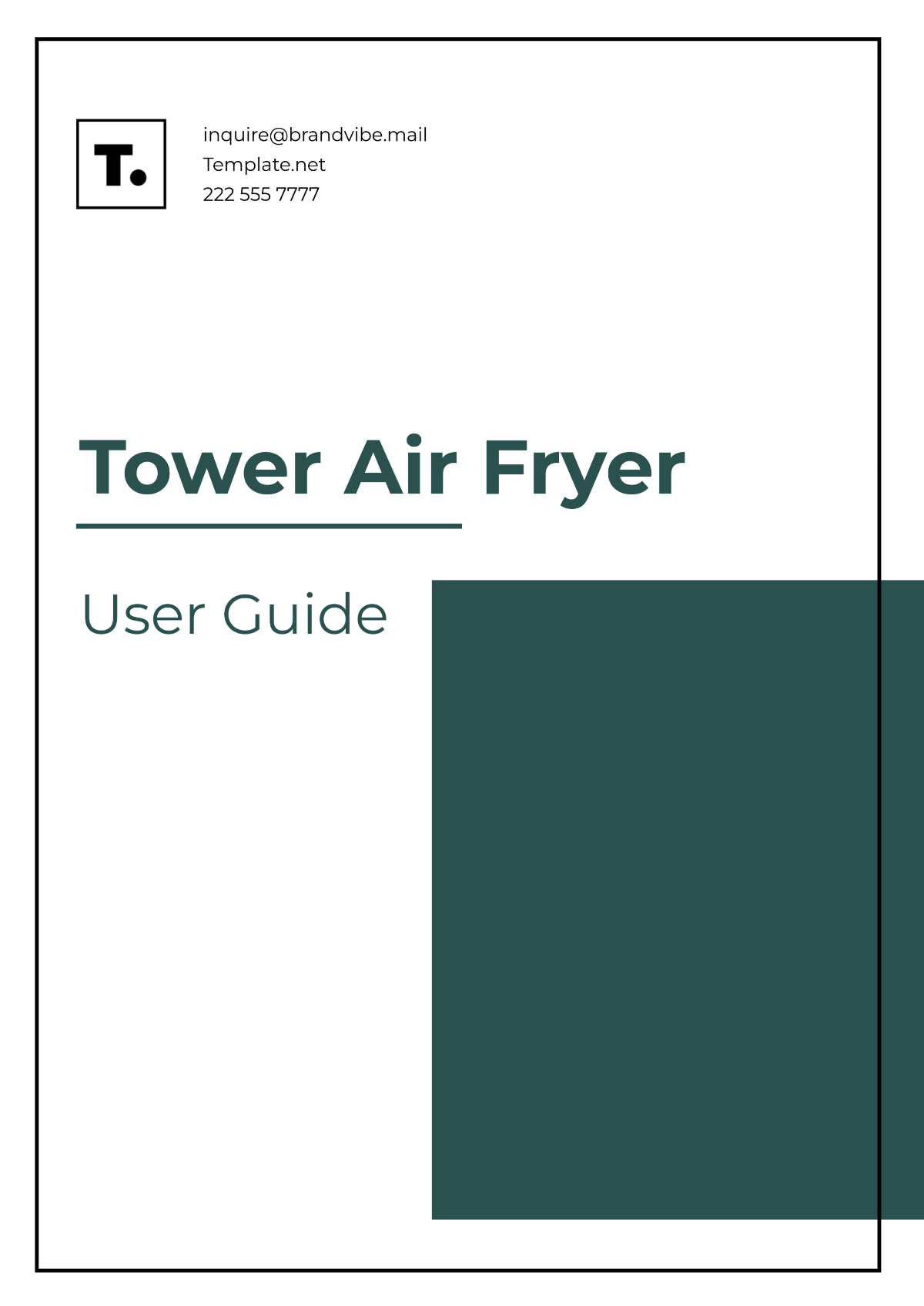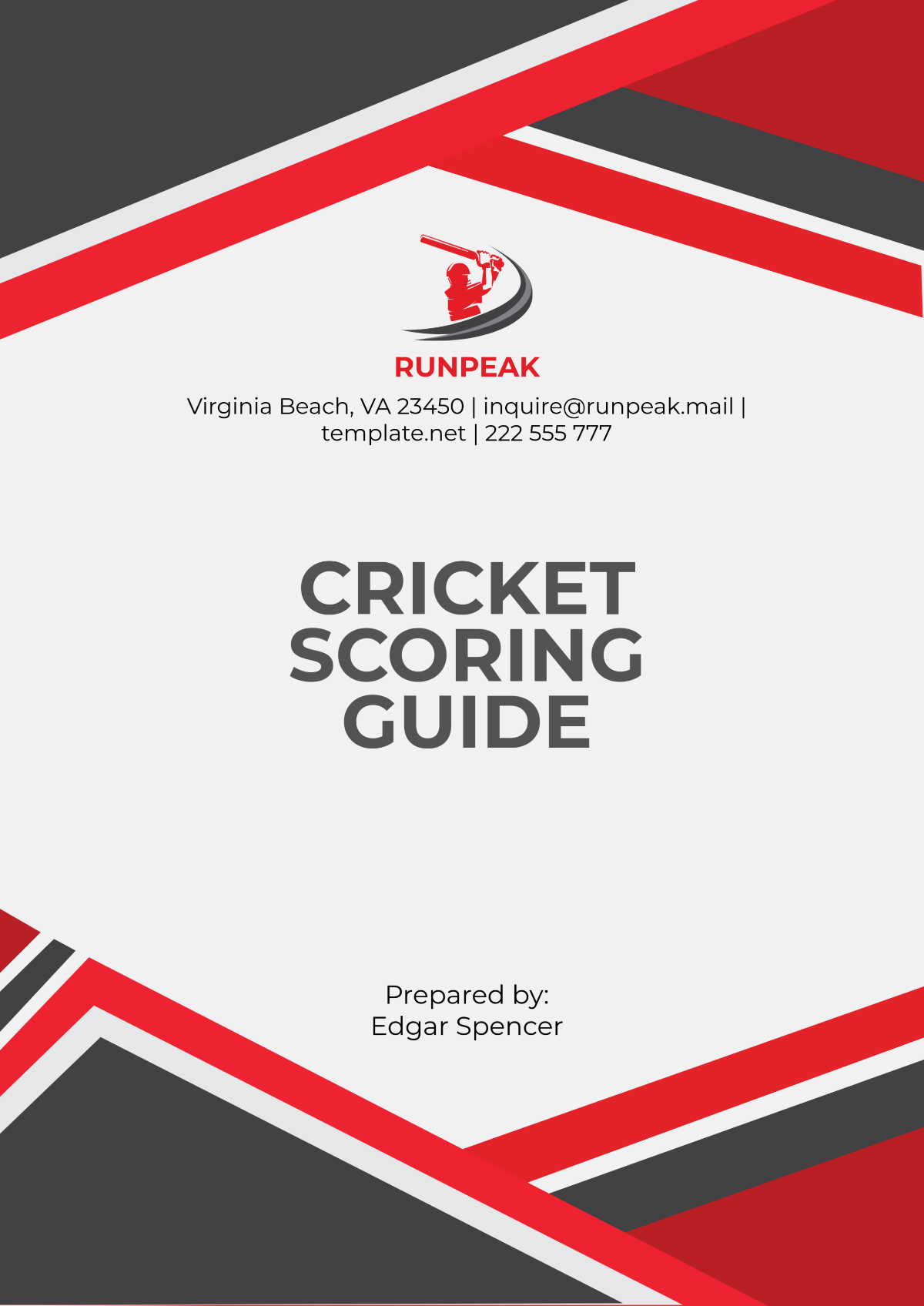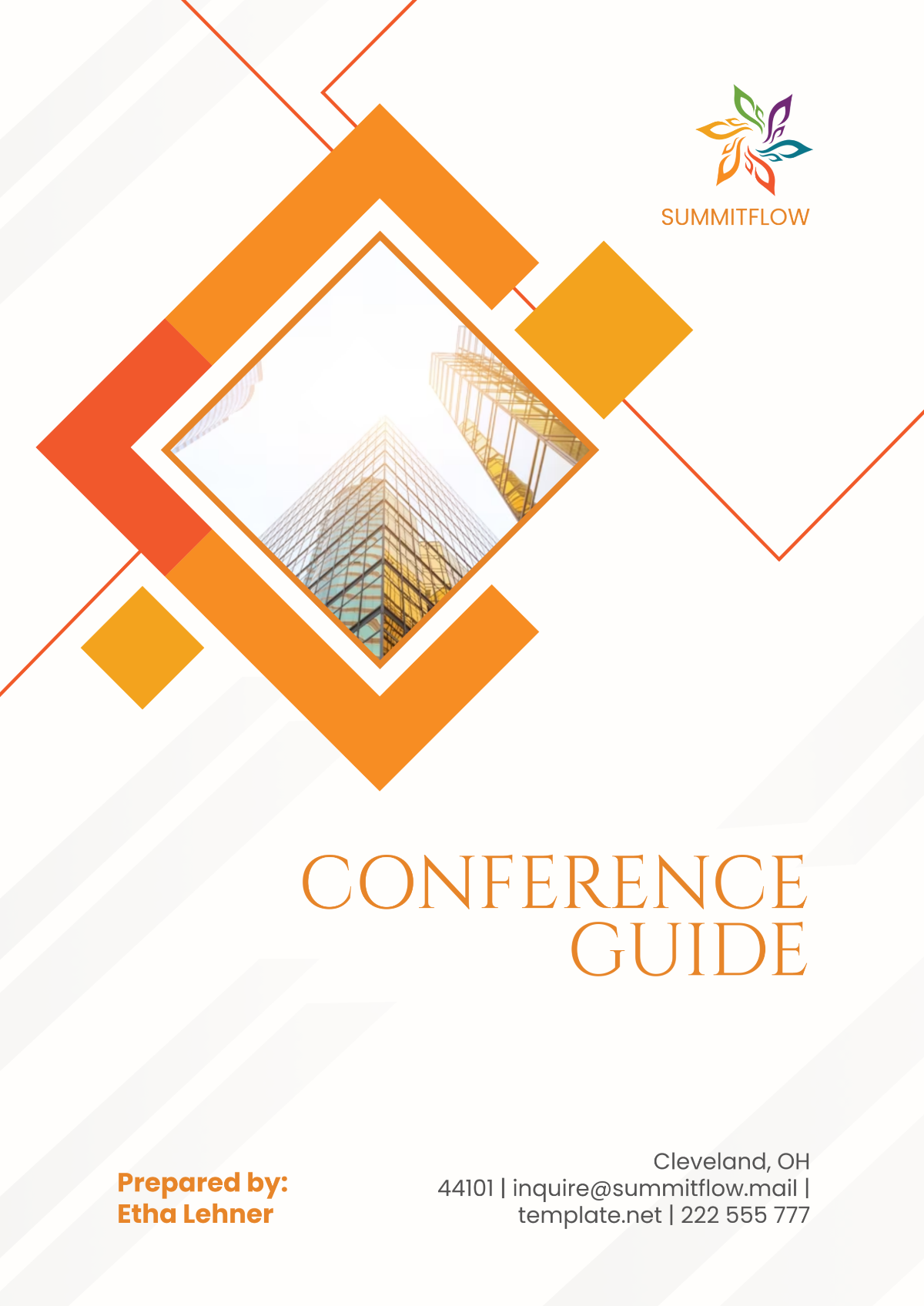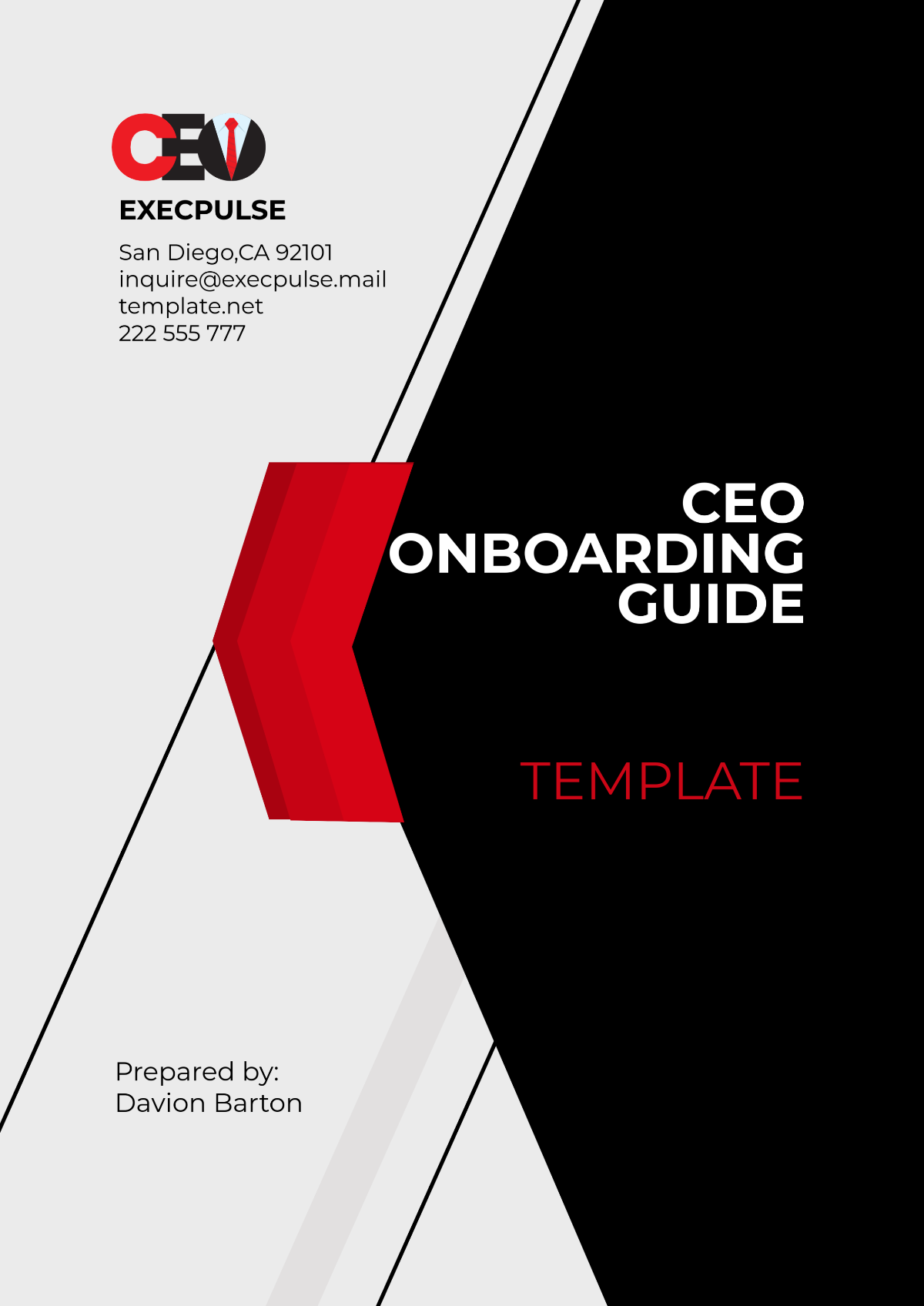Sample Study Guide
Created by: [Your Name]
Contact: [Your Email]
I. Introduction
In the year 2060, technology and knowledge have evolved to a level previously unimaginable. This study guide is designed to assist students in navigating complex concepts, mastering new technologies, and applying critical thinking to real-world scenarios. It will provide a comprehensive overview of key subjects relevant to your studies.
II. Understanding the World in 2060
The Rise of AI and Automation
Automation and AI are at the forefront of industries in 2060, shaping sectors from healthcare to engineering. It’s essential for students to understand the impact of these technologies and how they affect global economics and society.
III. Core Study Areas
This section breaks down critical subject areas that are necessary for students in 2060. Focus on these areas to excel in modern education.
1. Quantum Computing
Quantum computing has transformed the way we approach problem-solving. Concepts such as qubits, superposition, and entanglement should be thoroughly understood.
Key Concepts:
Concept | Description |
|---|---|
Qubits | The basic unit of quantum information |
Superposition | Ability of a qubit to be in multiple states |
Entanglement | A phenomenon where particles remain connected |
2. Advanced Biotechnology
Advances in biotechnology have led to breakthroughs in personalized medicine, gene therapy, and human augmentation.
Core Areas of Study:
Topic | Application |
|---|---|
CRISPR | Gene editing for disease prevention |
Bioinformatics | Data analysis for personalized medicine |
Human Augmentation | Enhancements in physical and cognitive skills |
IV. Effective Study Techniques for 2060
Learning has shifted from traditional methods to more interactive and immersive technologies, including virtual reality (VR) and brain-machine interfaces.
Use of Technology
To effectively study in 2060, one must incorporate technology that enhances learning experiences. Below are essential tools:
Tool | Functionality |
|---|---|
Virtual Reality (VR) | Immersive learning environments |
AI-driven tutors | Personalized study assistance |
Neural Interfaces | Direct brain-computer interaction |
V. Time Management and Productivity
Managing time is crucial for students dealing with the complexity of subjects in 2060. Utilizing effective strategies ensures optimal learning and retention.
Tips for Effective Time Management
Schedule Tasks Using AI Planners: AI planners can automate task scheduling based on personal learning patterns.
Use Pomodoro Technique: Break study sessions into intervals of 25 minutes, followed by a 5-minute break.
Set Long-Term Goals: Break large projects into smaller, manageable tasks.
VI. Group Study and Collaboration
In 2060, collaboration has gone global, with virtual classrooms and holographic meetings becoming standard. Working together with peers is easier, but still requires effective communication.
Tools for Collaboration
Tool | Use |
|---|---|
Holographic Rooms | Real-time, immersive group discussions |
Shared VR Environments | Collaborative study in simulated settings |
AI Collaboration Platforms | AI assists with project distribution |
VII. The Importance of Well-being
Balancing mental and physical health is more important than ever. Students need to manage stress, avoid burnout, and maintain a healthy lifestyle to succeed in the fast-paced world of 2060.
Well-being Tips:
Exercise Regularly: Even with advanced technology, physical activity remains crucial.
Meditation and Mindfulness: AI-powered mindfulness apps help students maintain focus and reduce stress.
Sleep Optimization: Use sleep monitors and AI devices to track sleep patterns and improve rest quality.
VIII. Conclusion
As we move forward into 2060, education continues to evolve with technological advancements. By focusing on quantum computing, biotechnology, and AI-driven tools, students can adapt and thrive. Utilize this guide, along with [Your Name]’s personal strategies, and feel free to reach out at [Your Email] for further assistance in your studies.
Best of luck on your journey!

